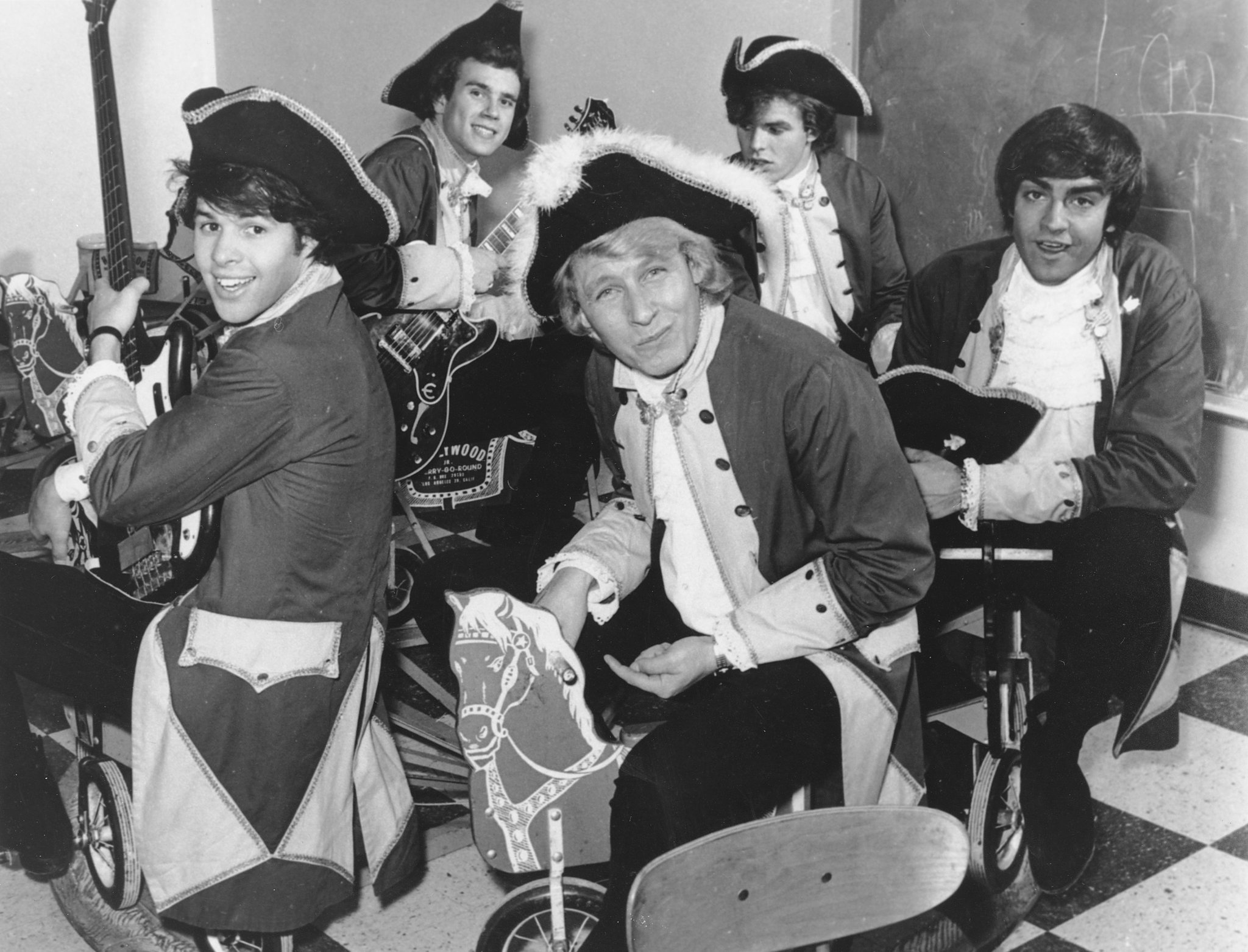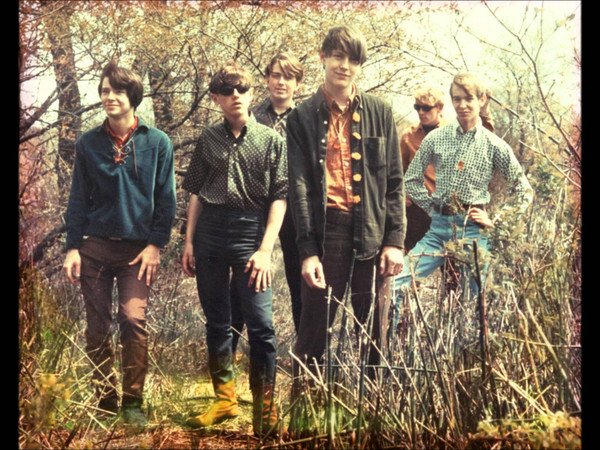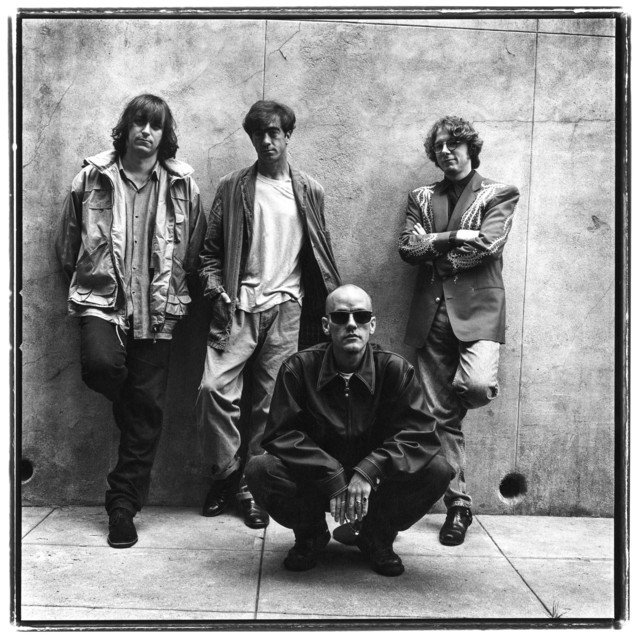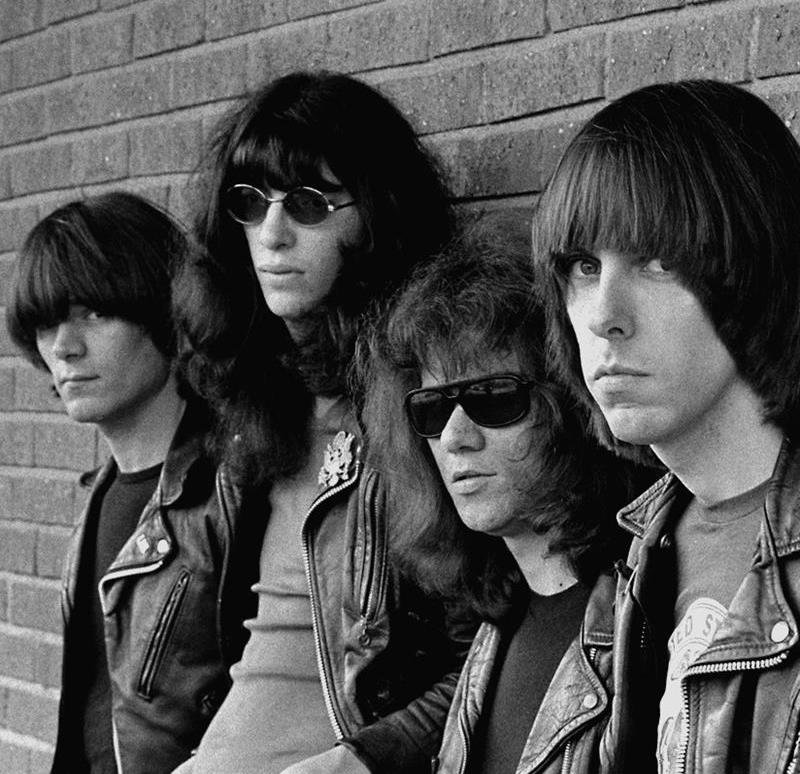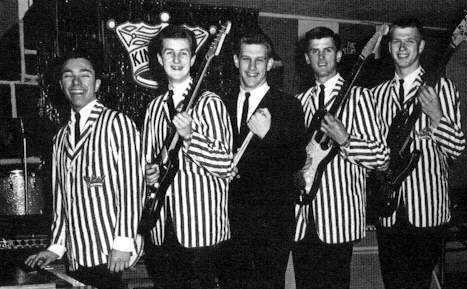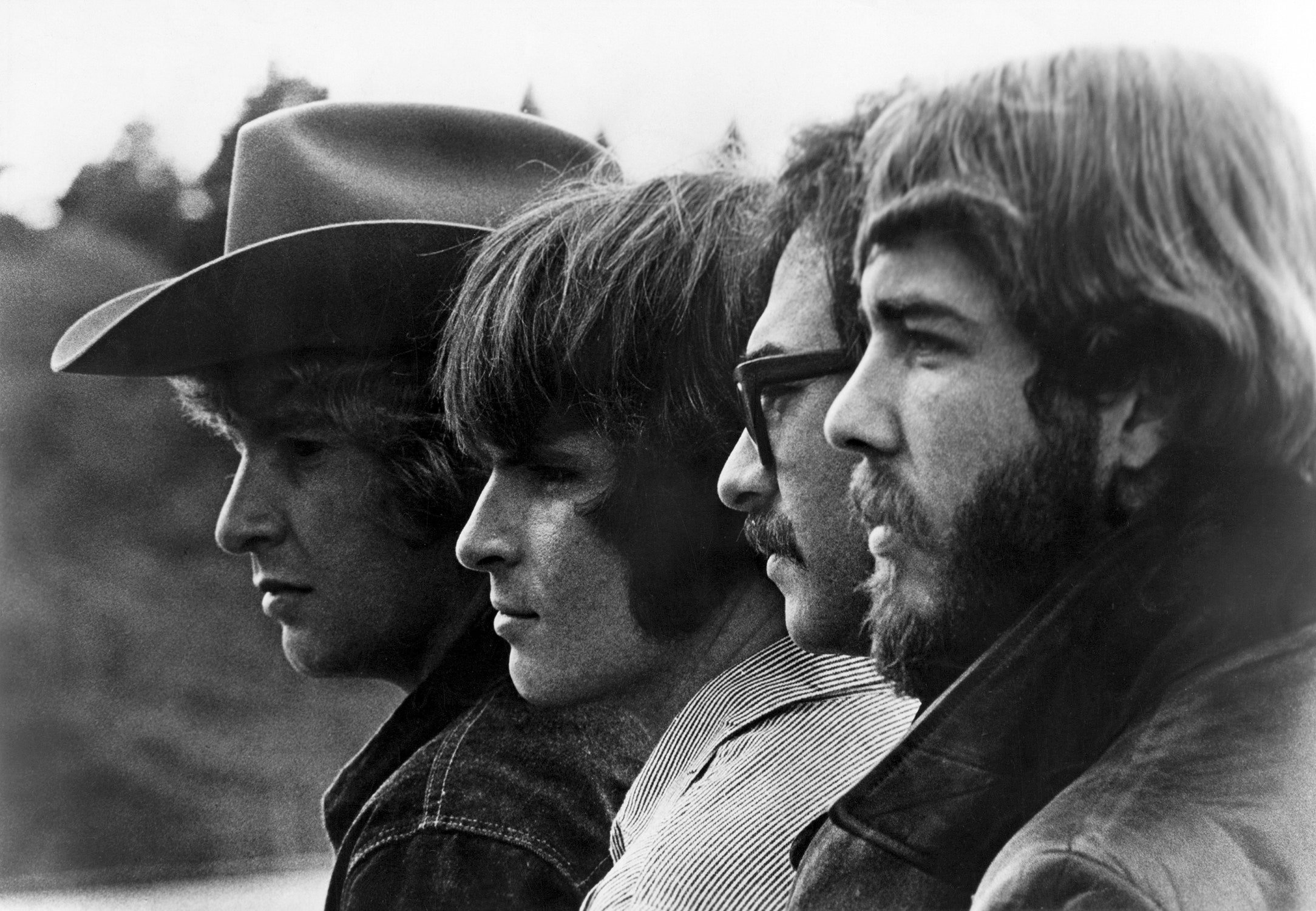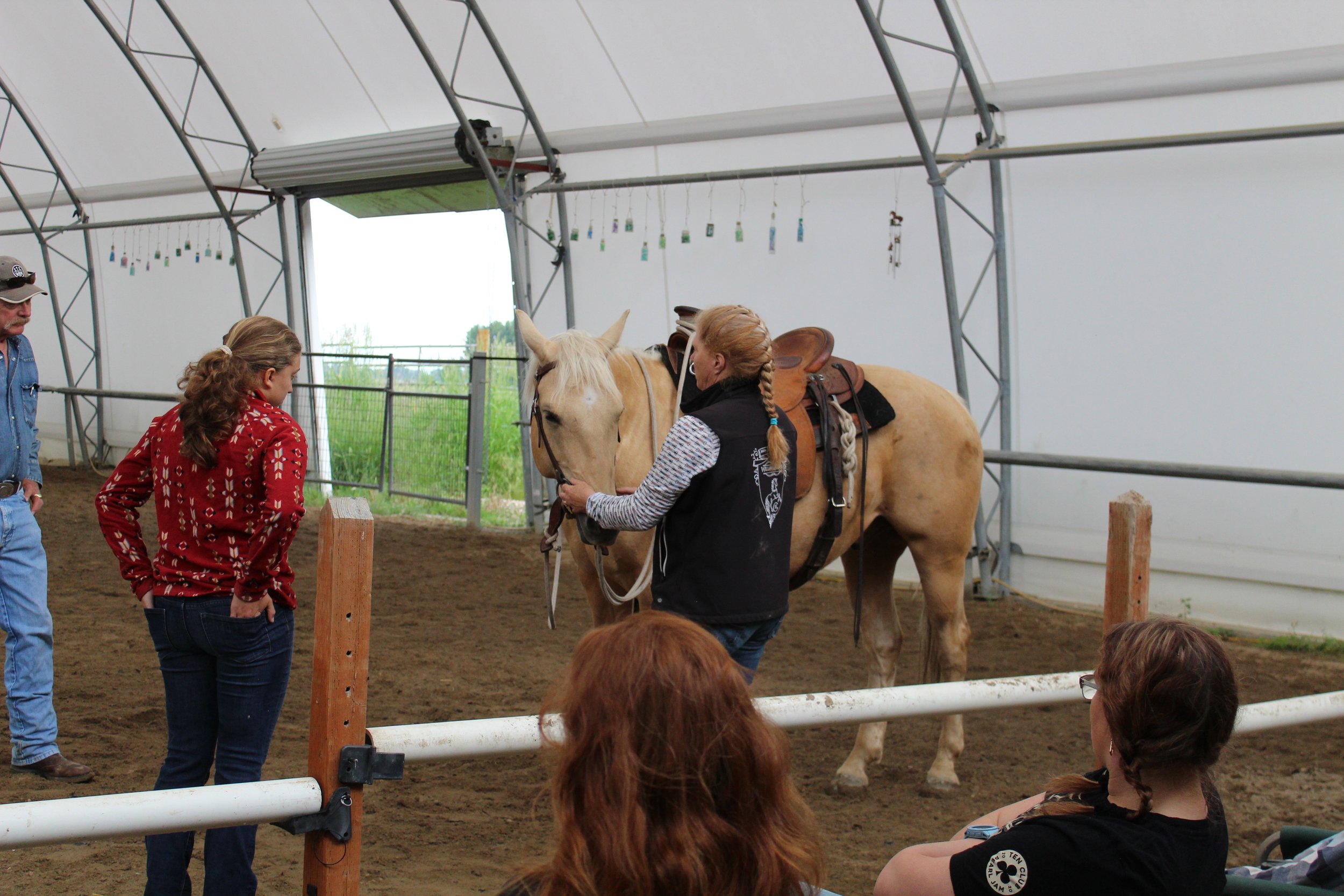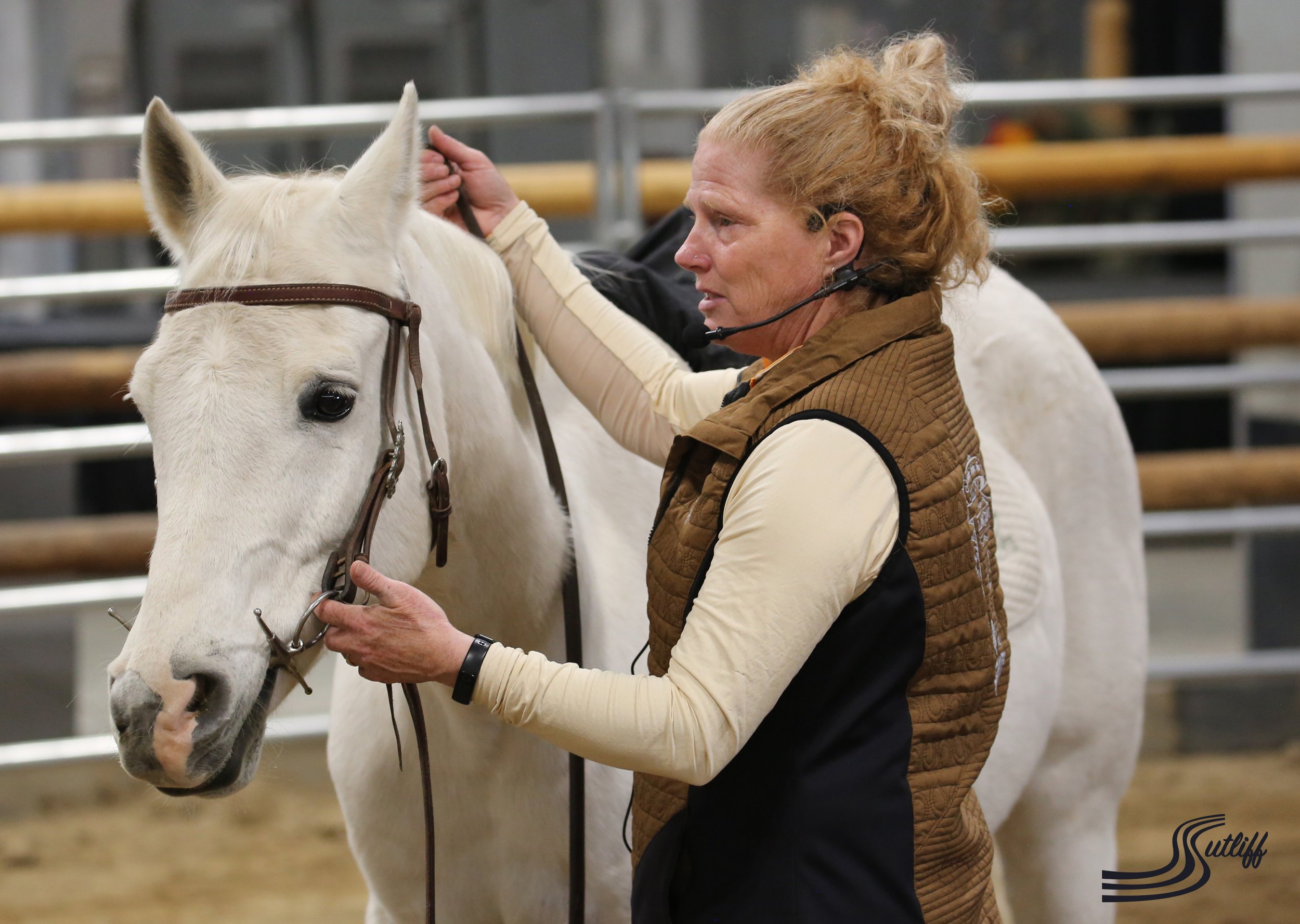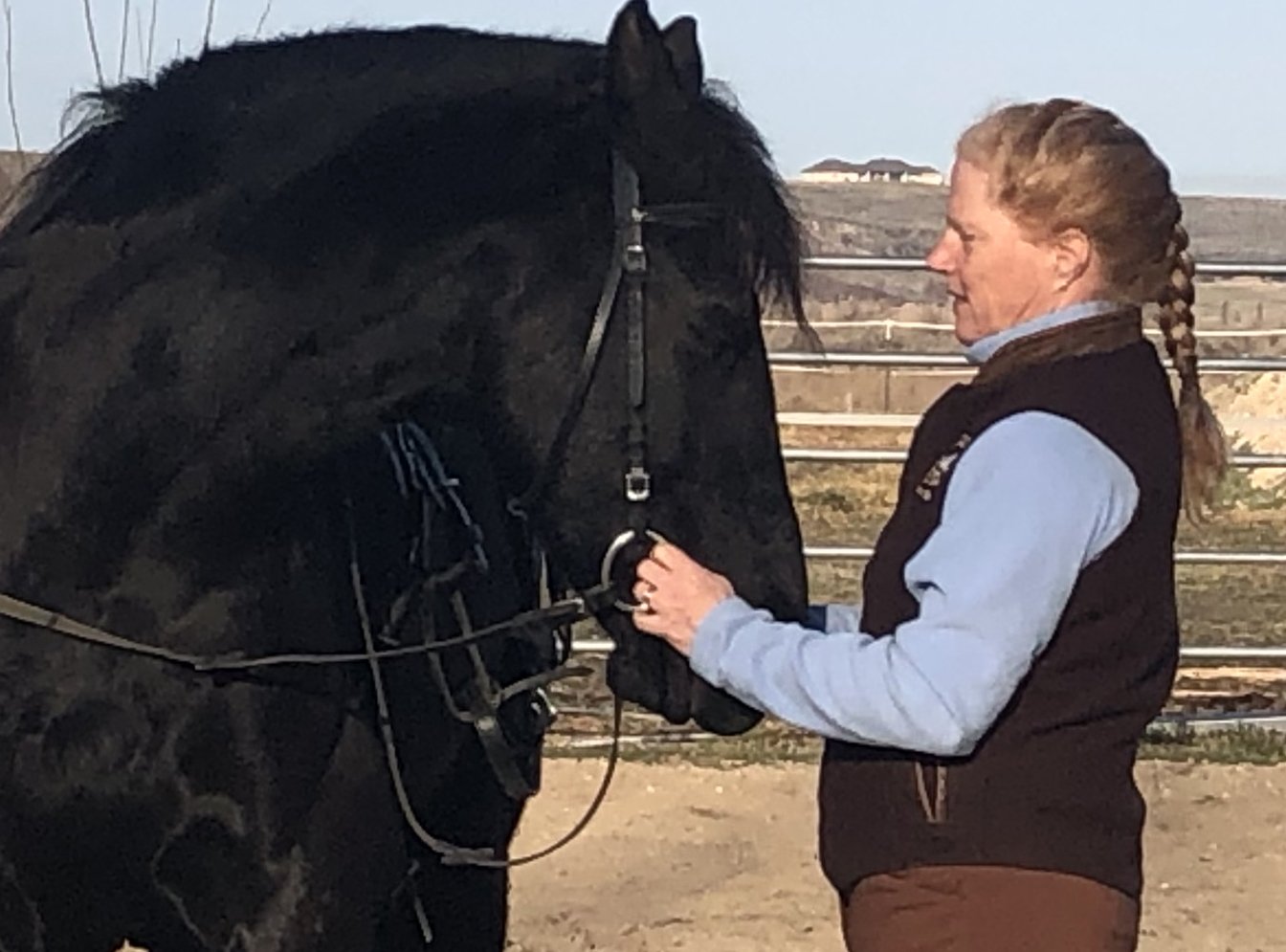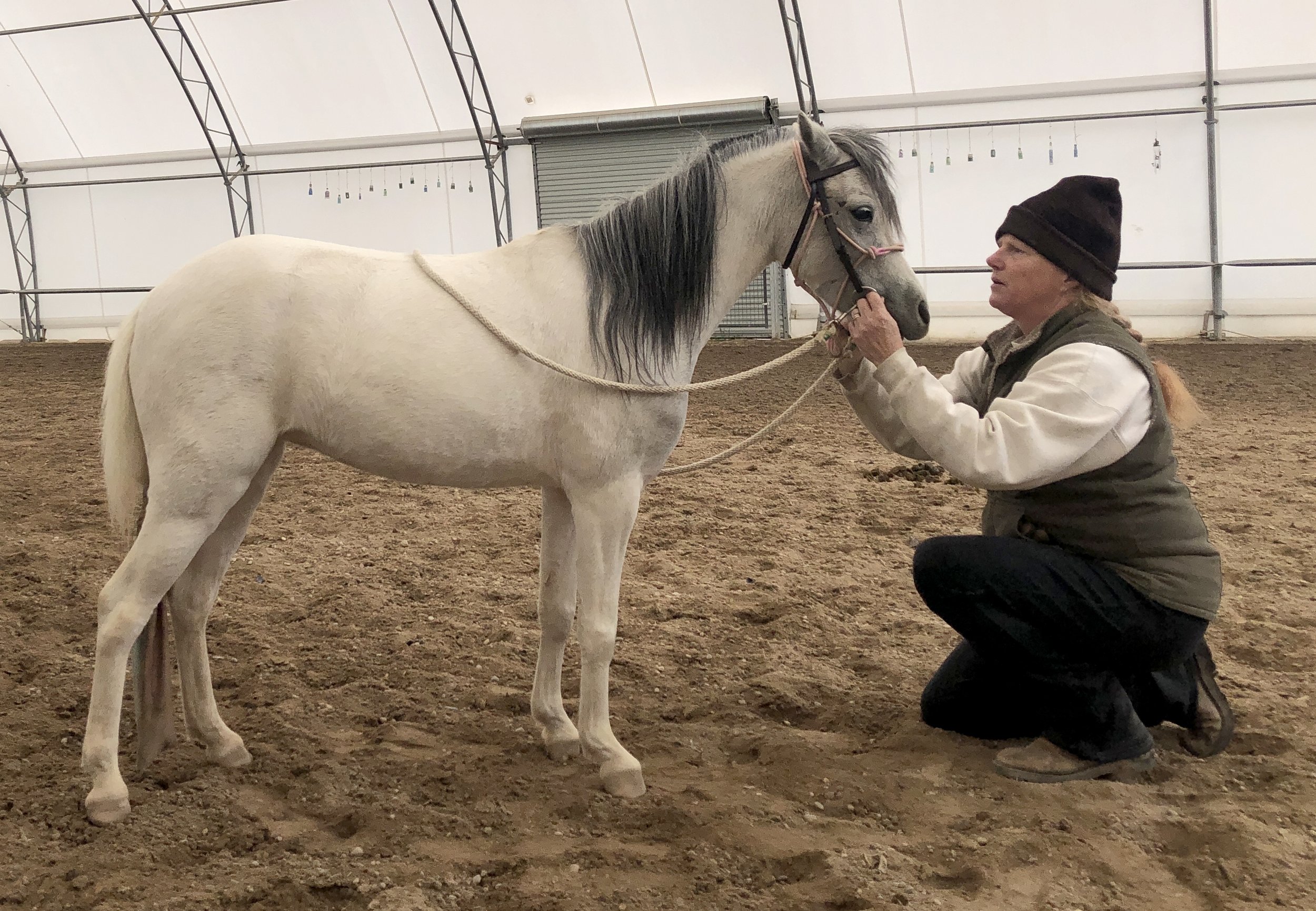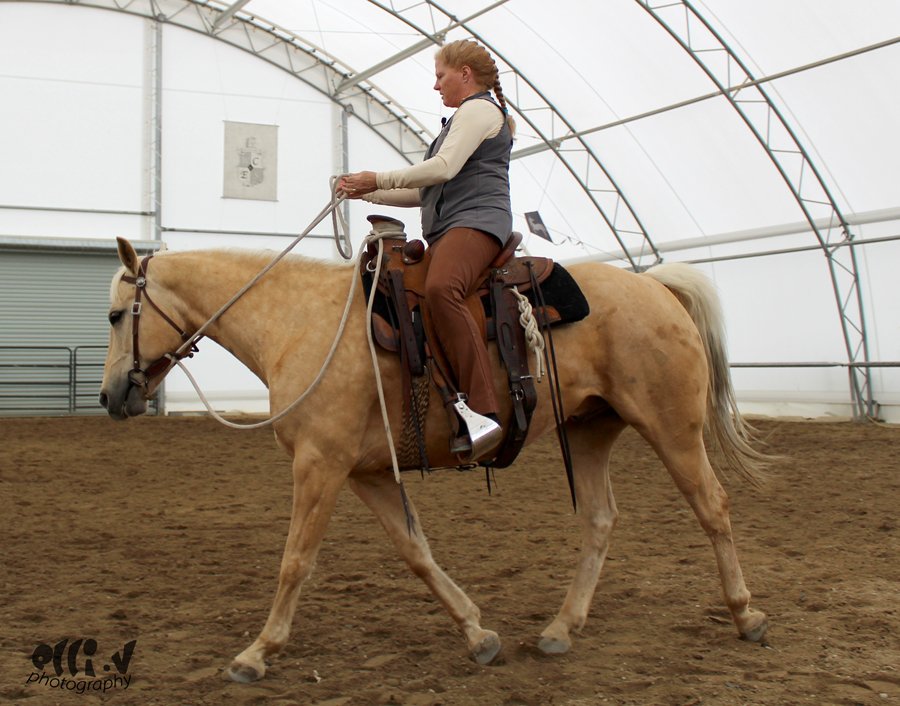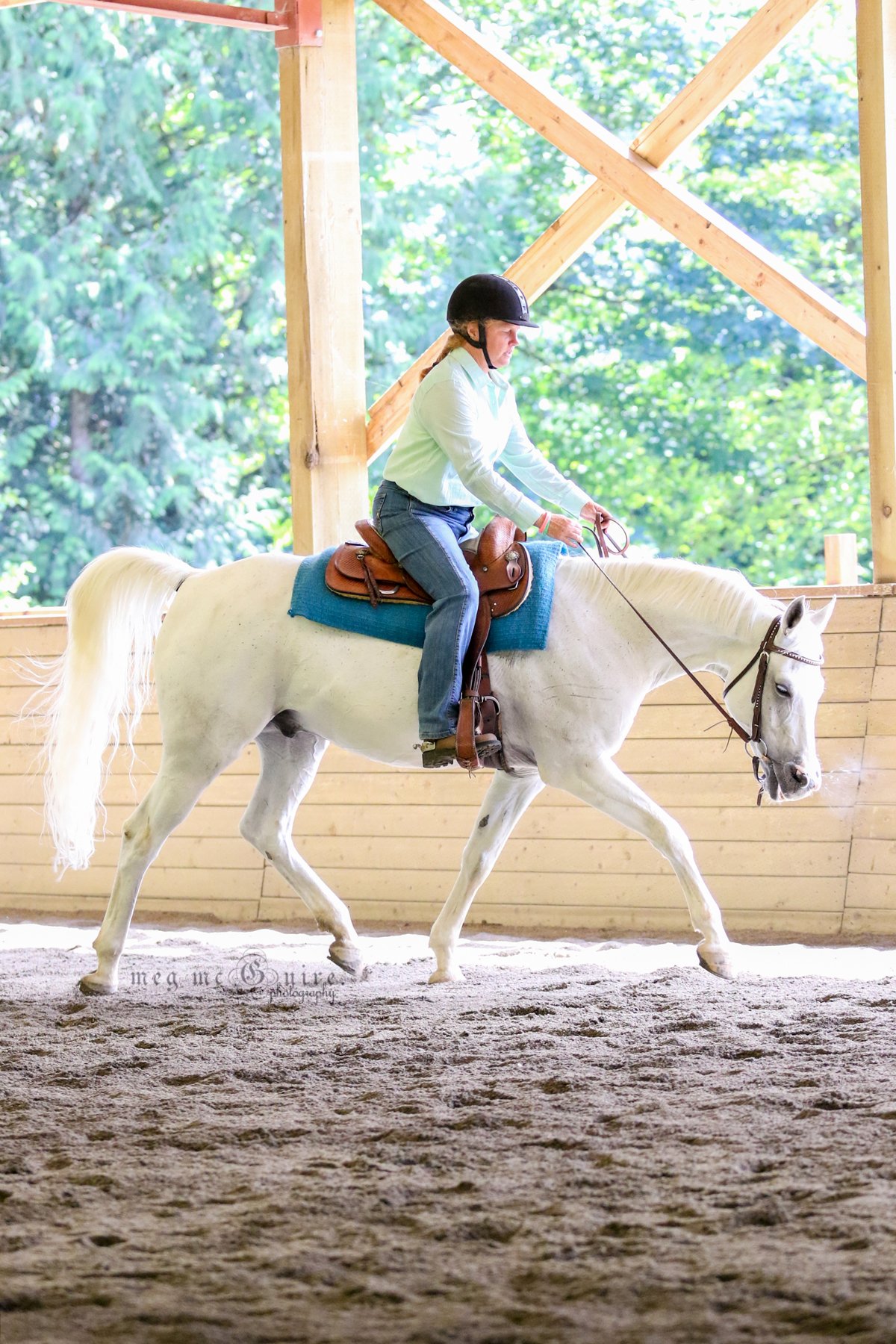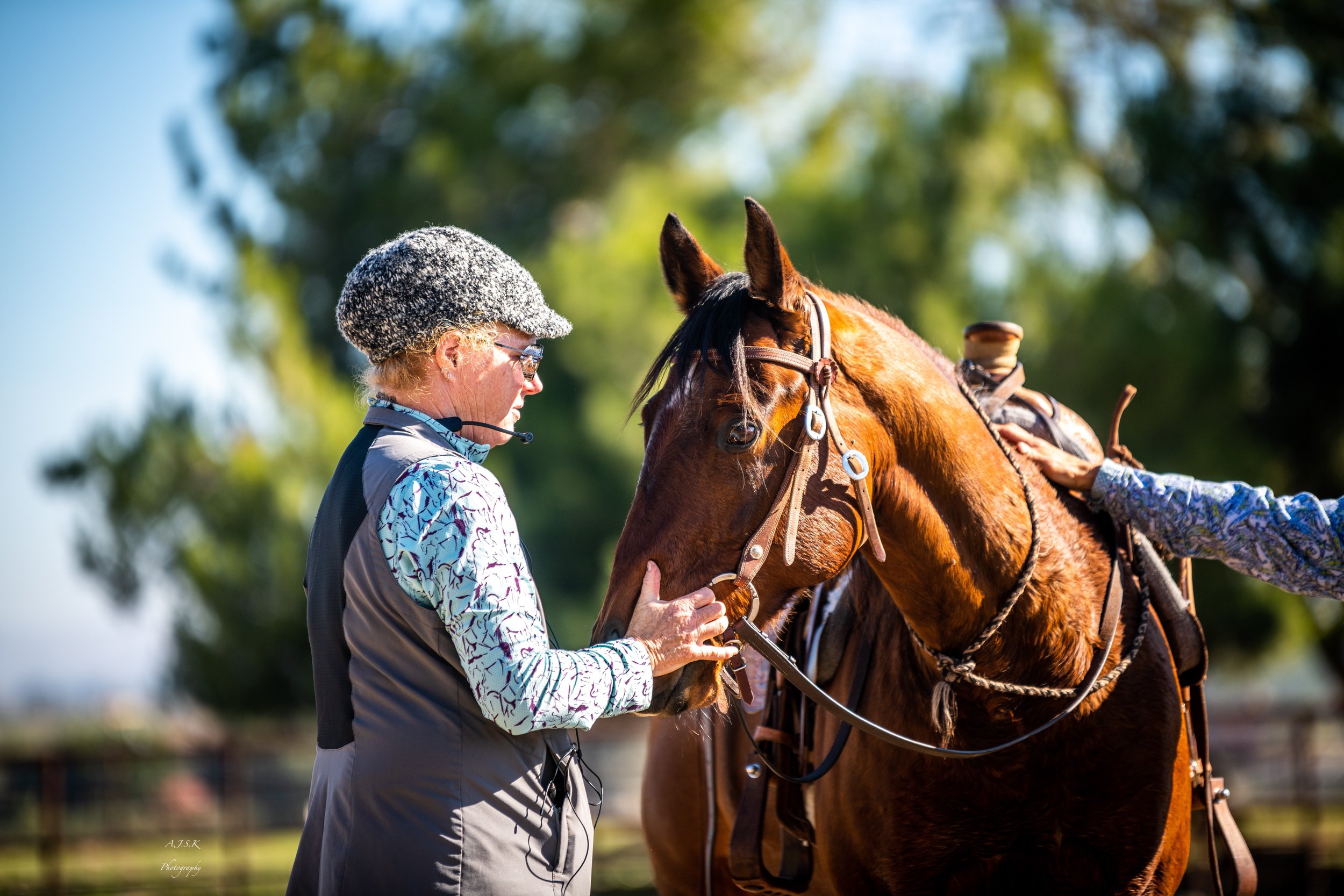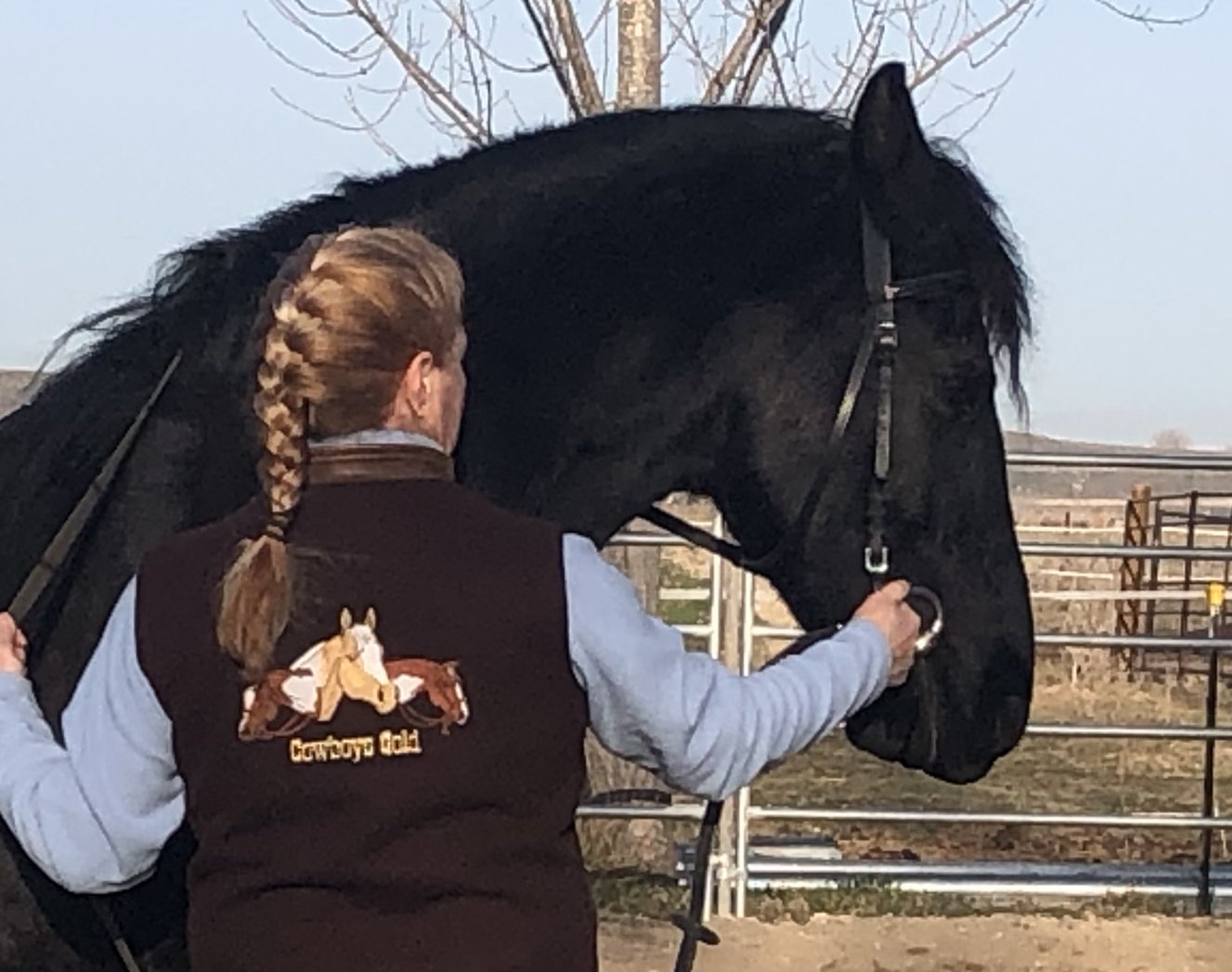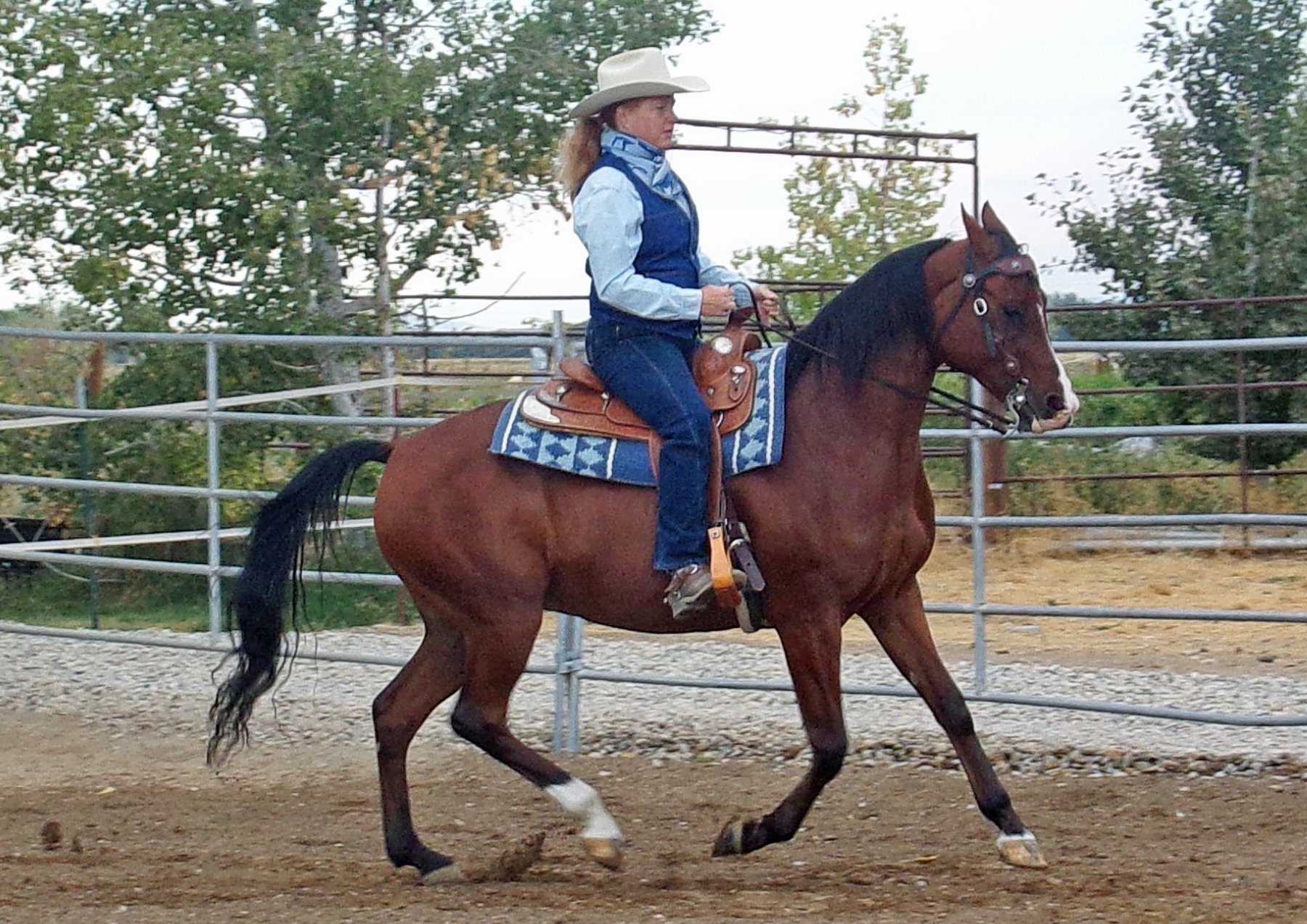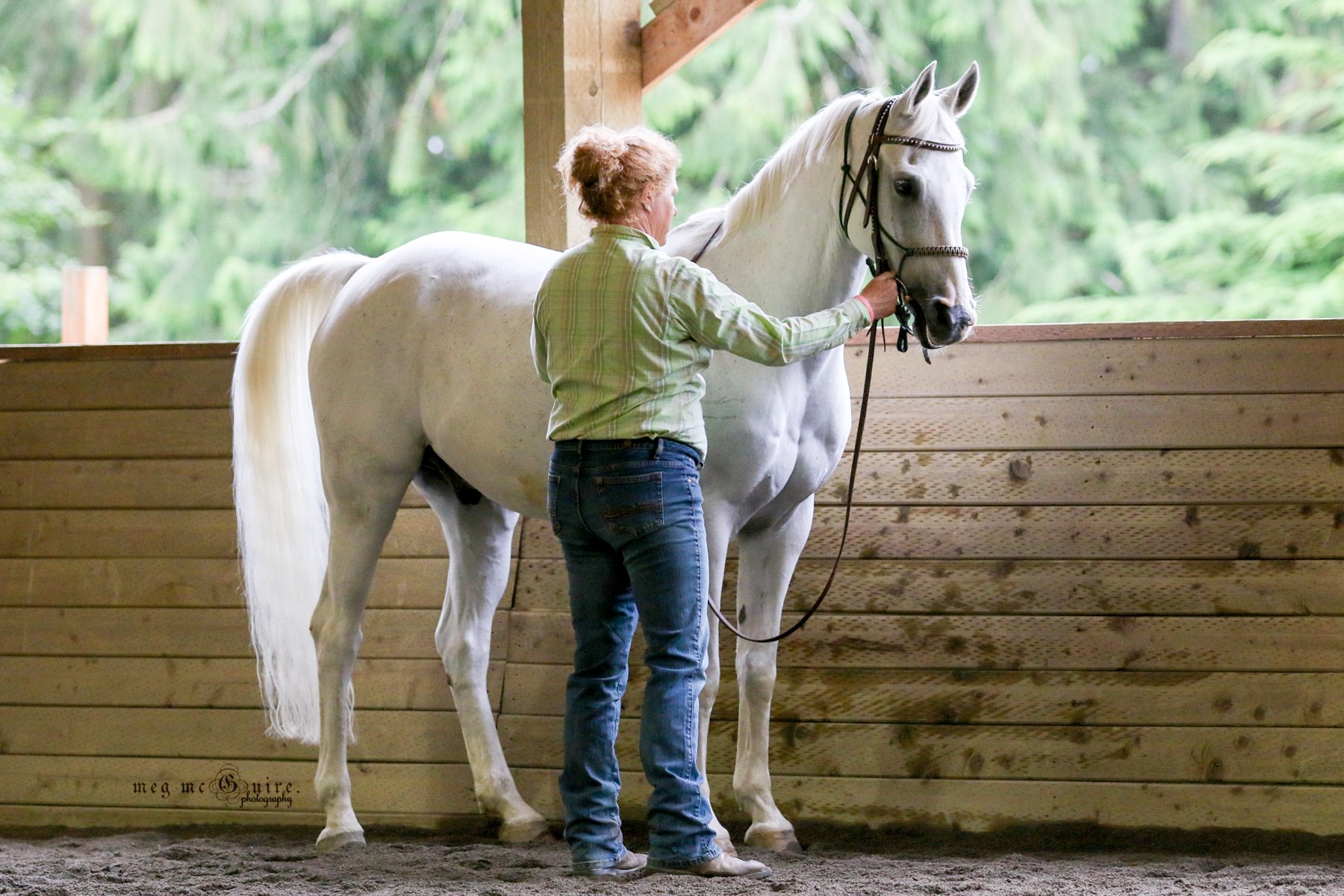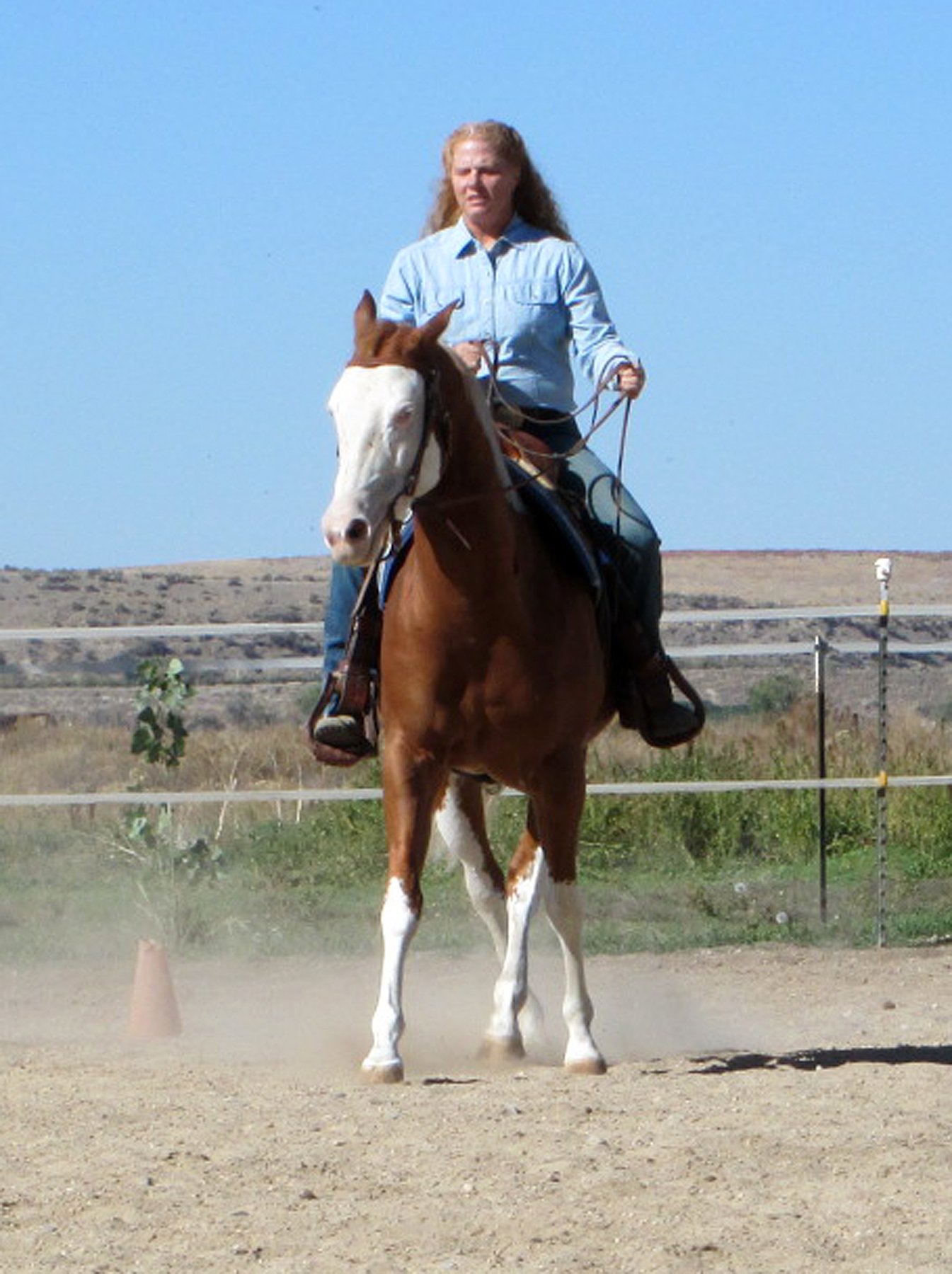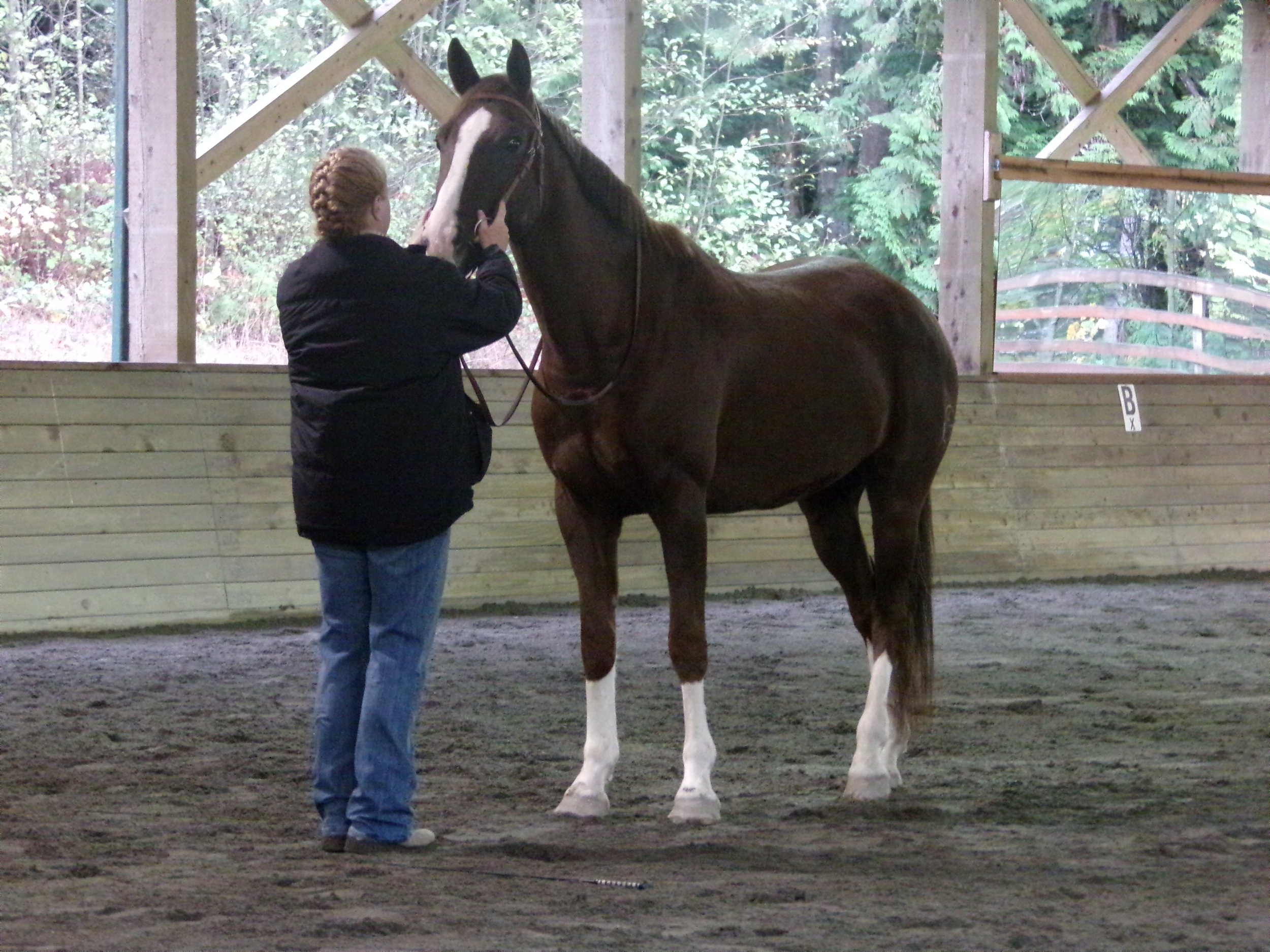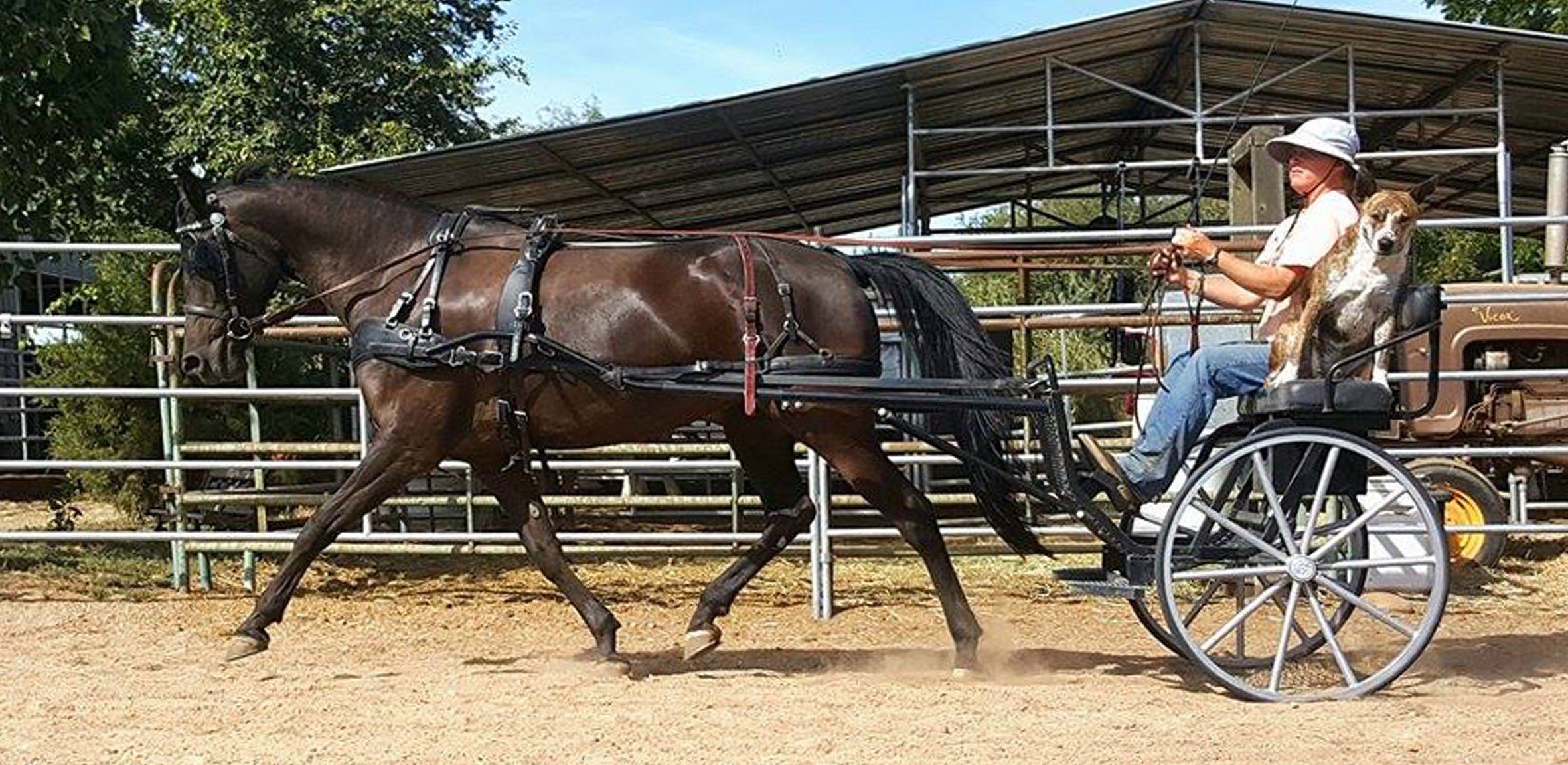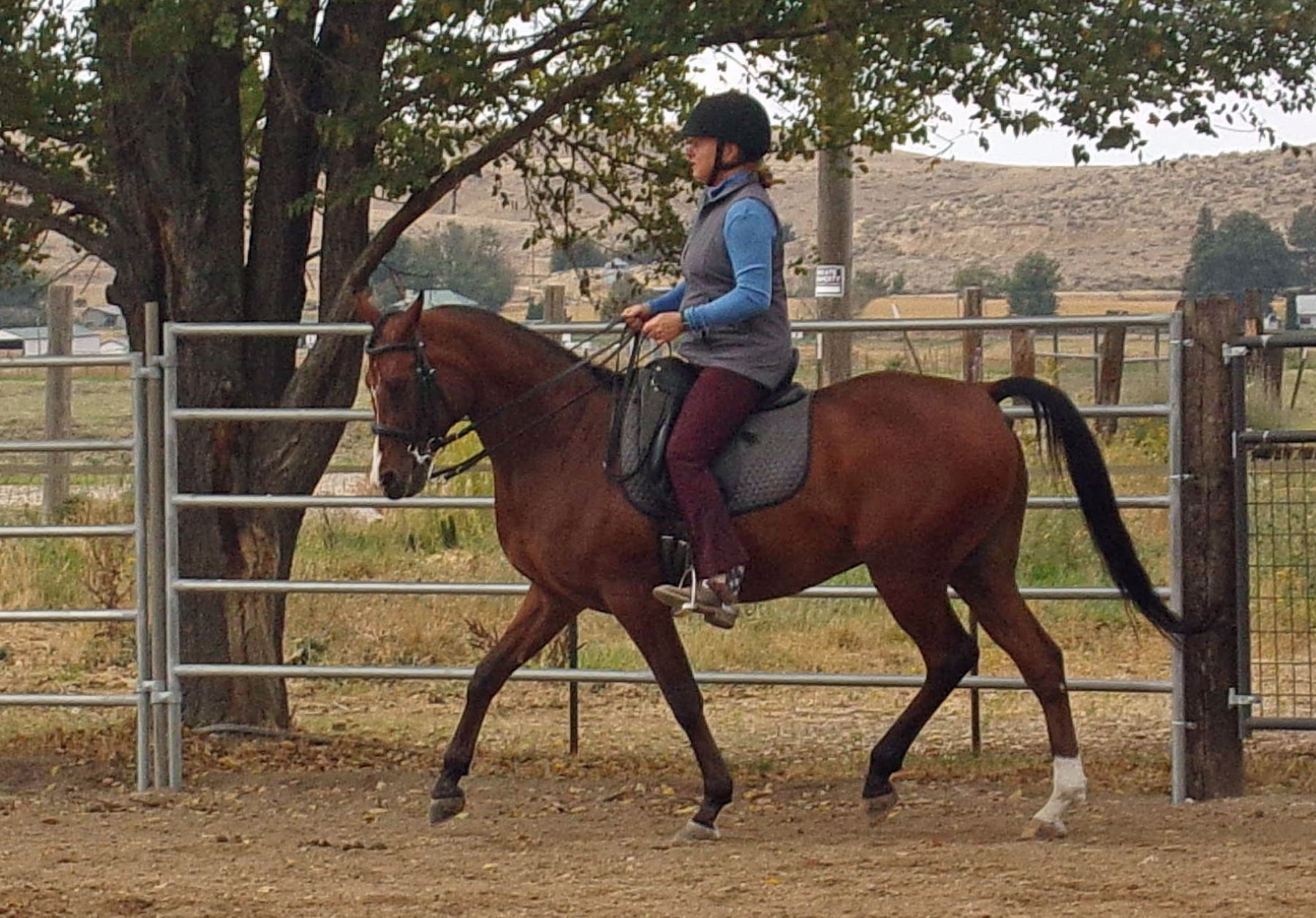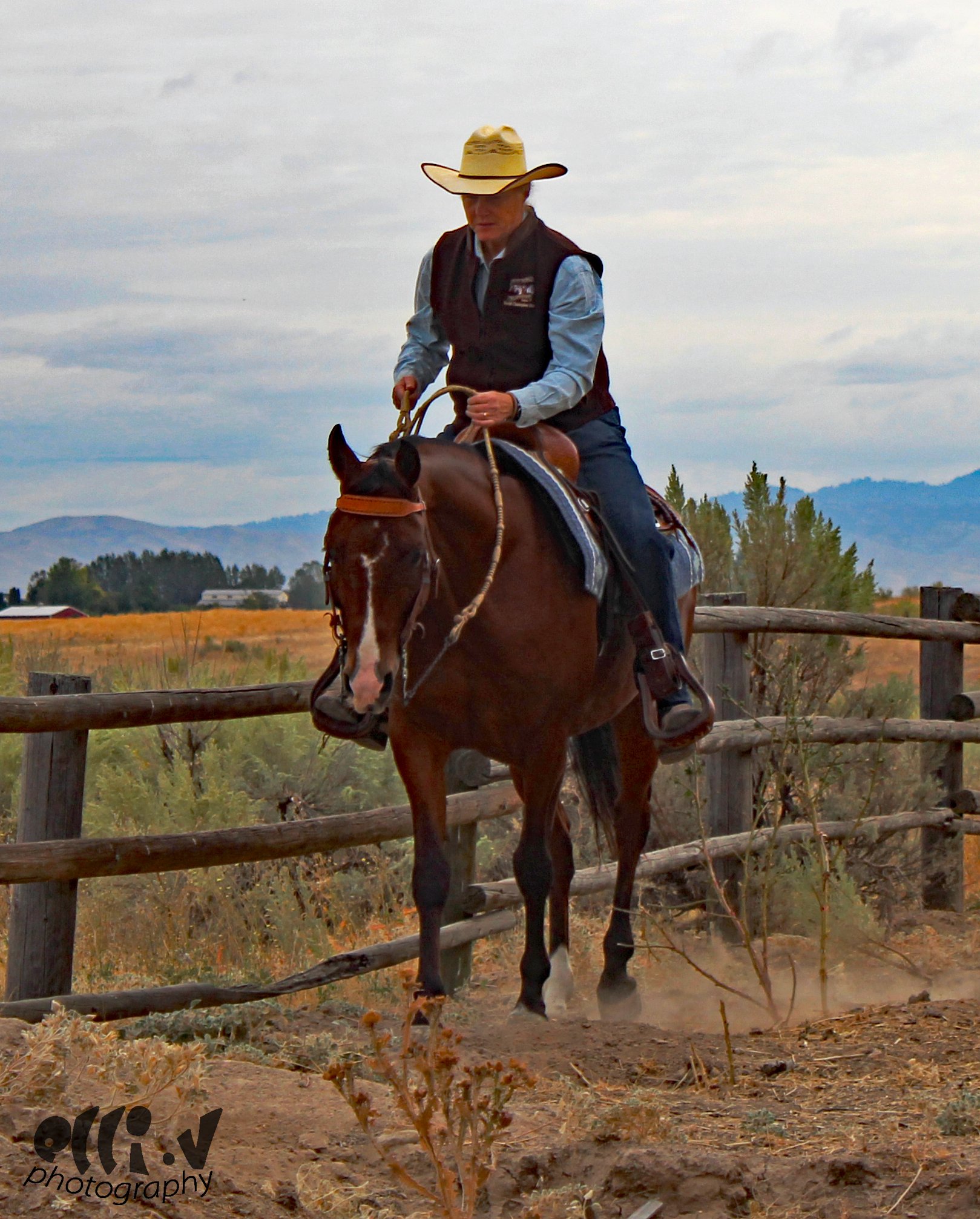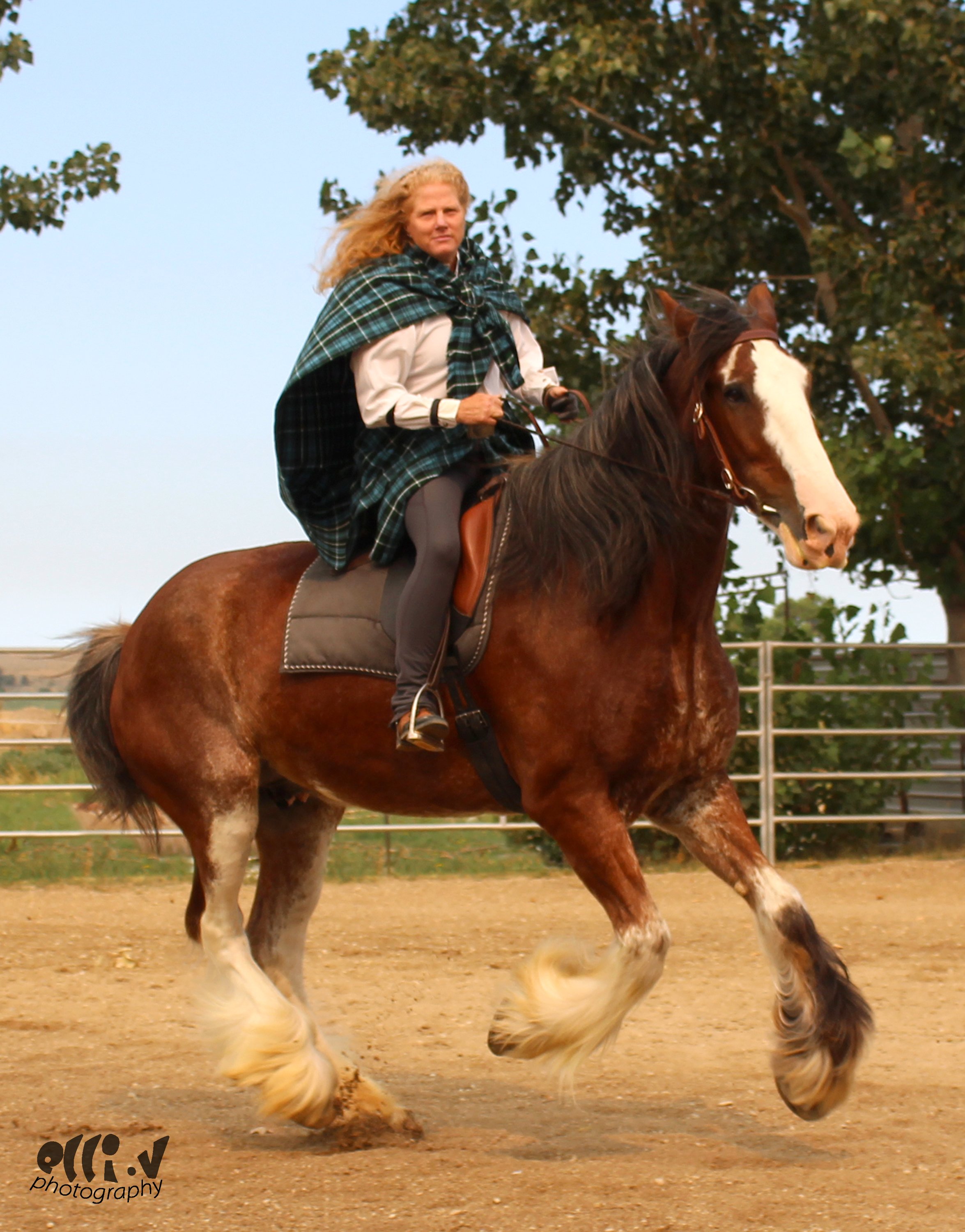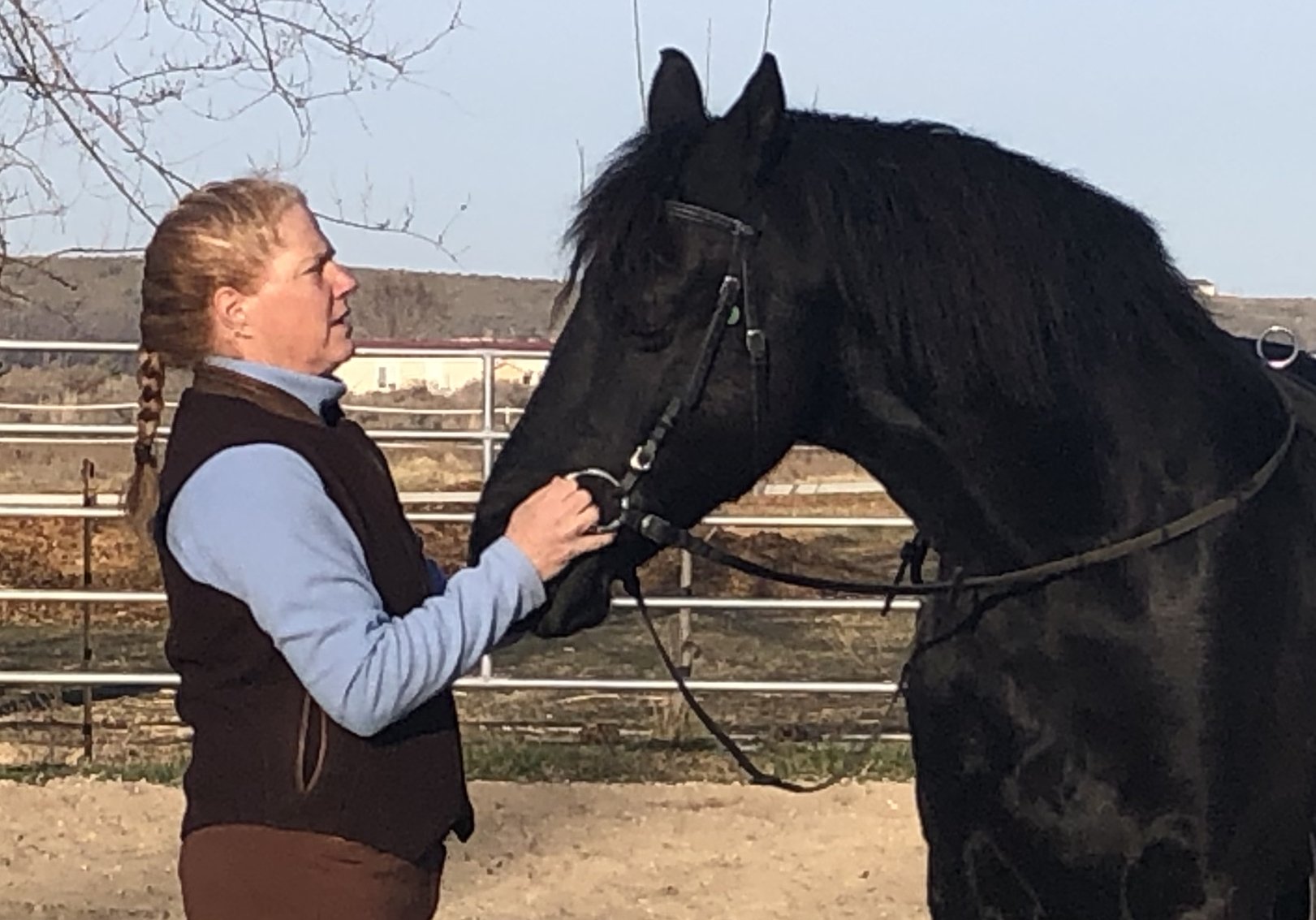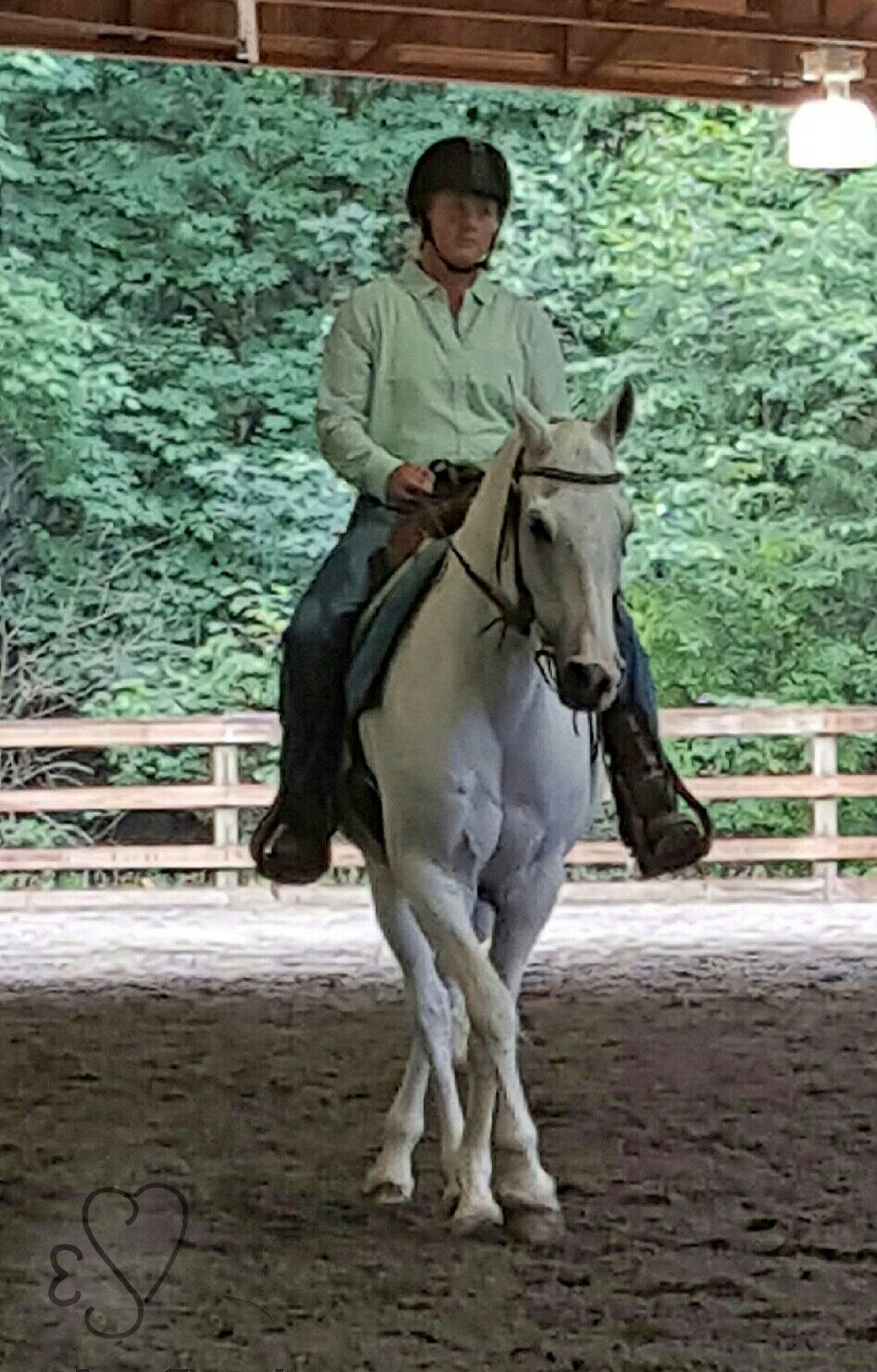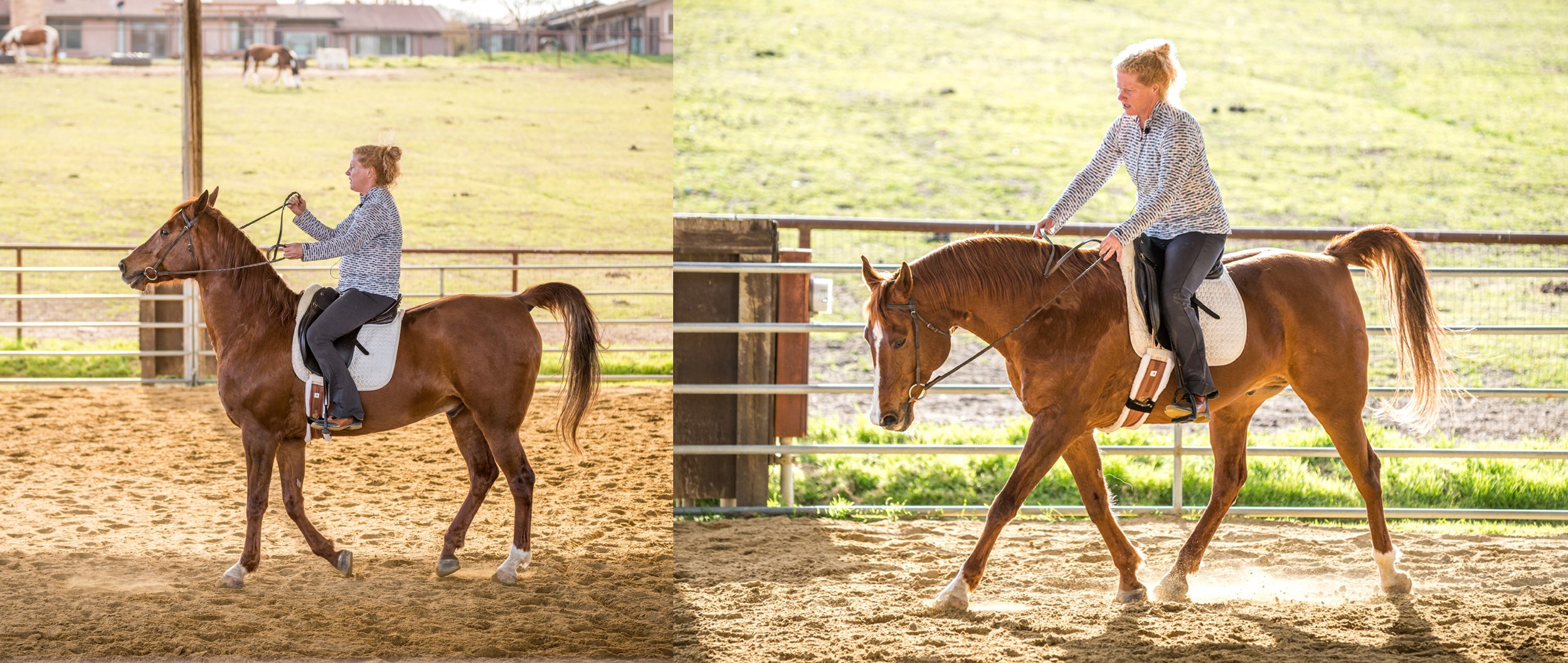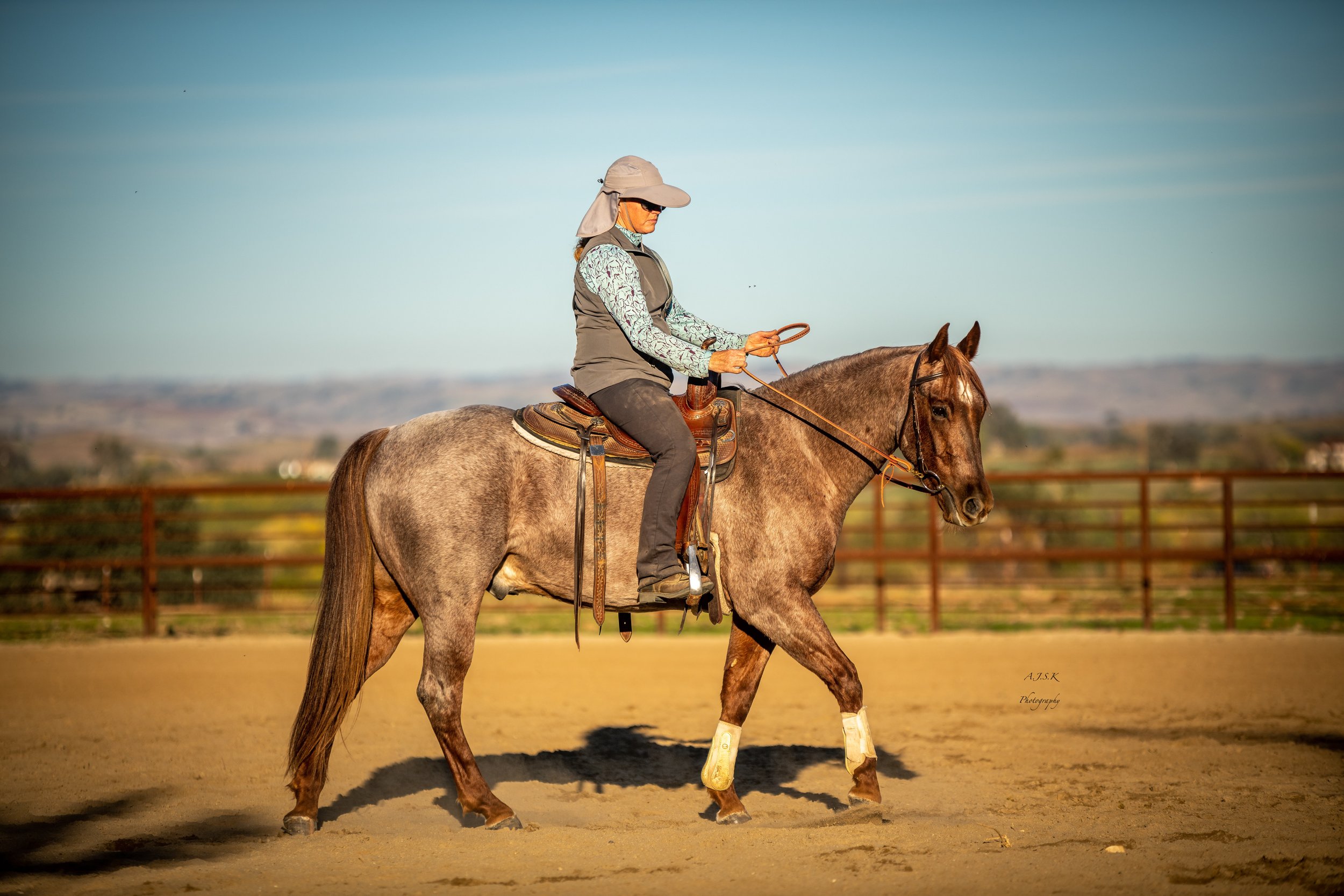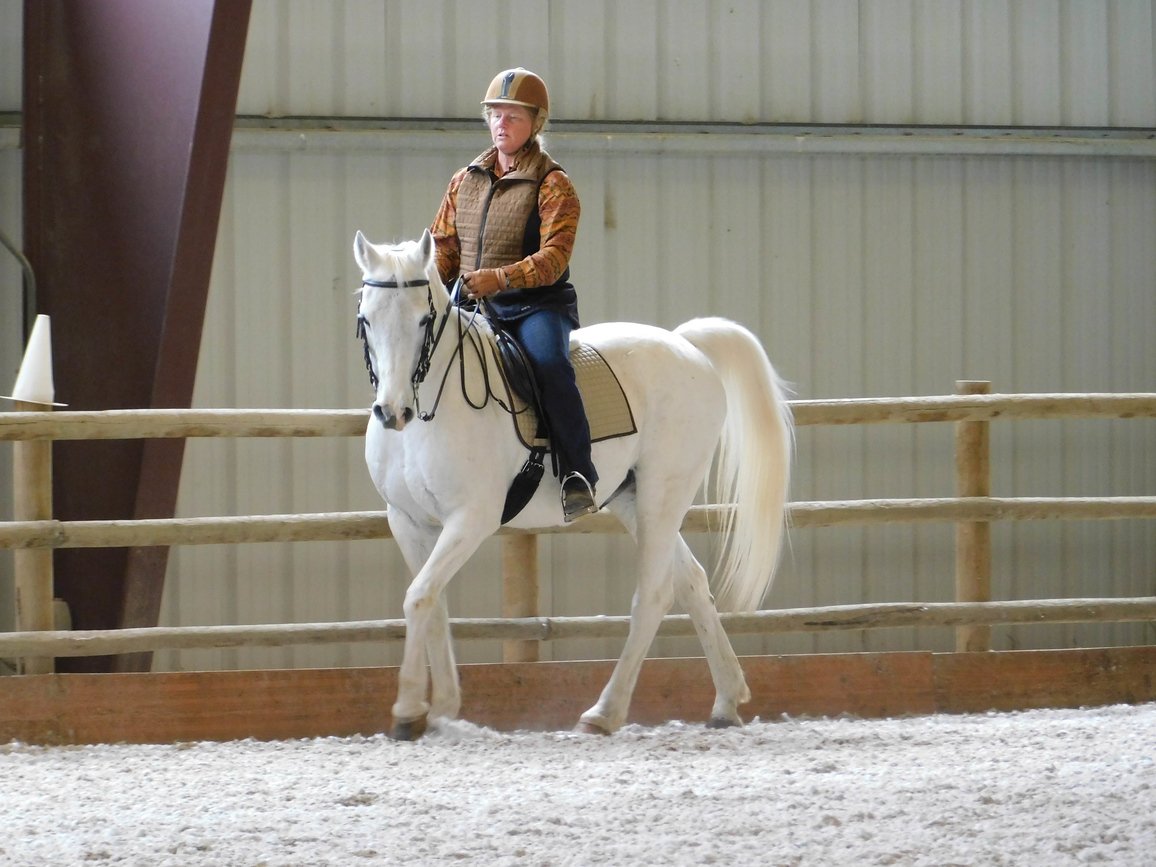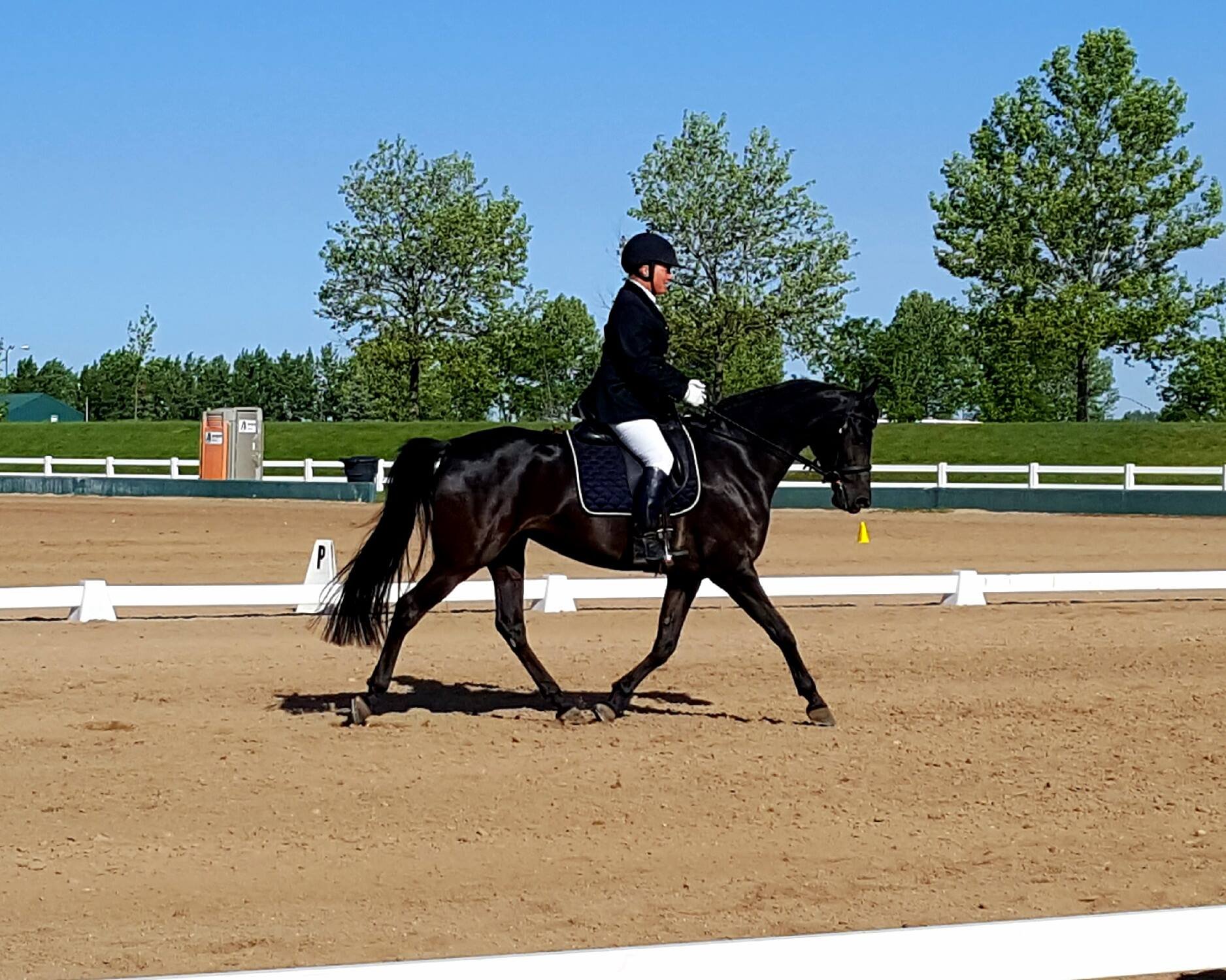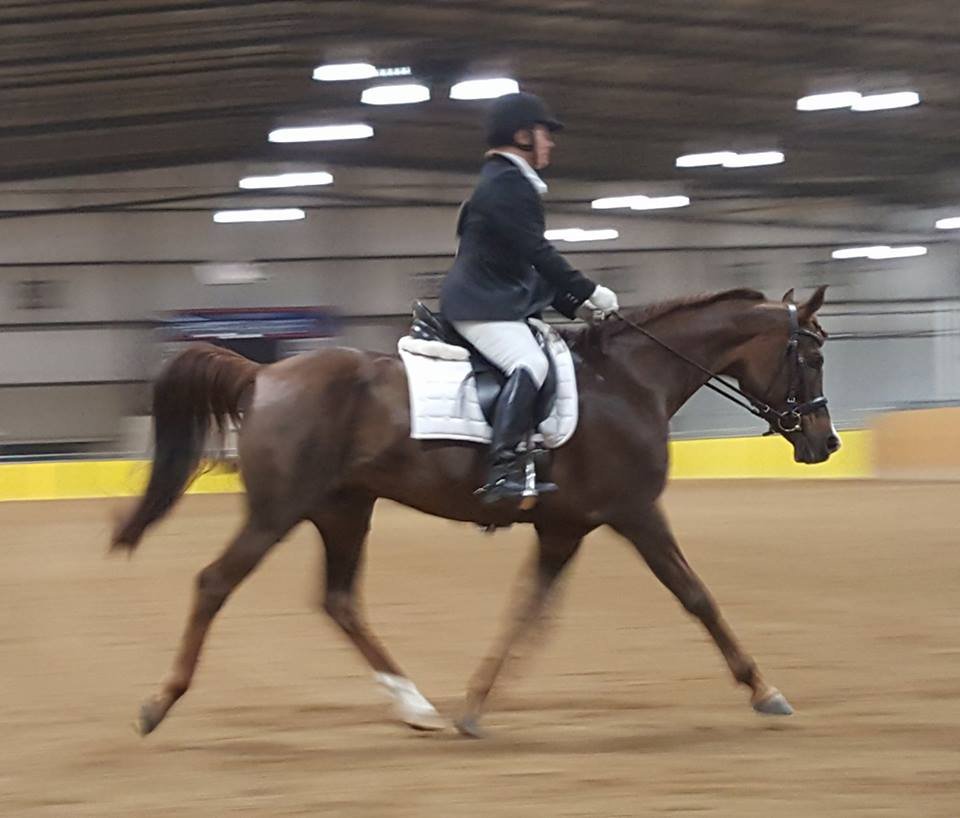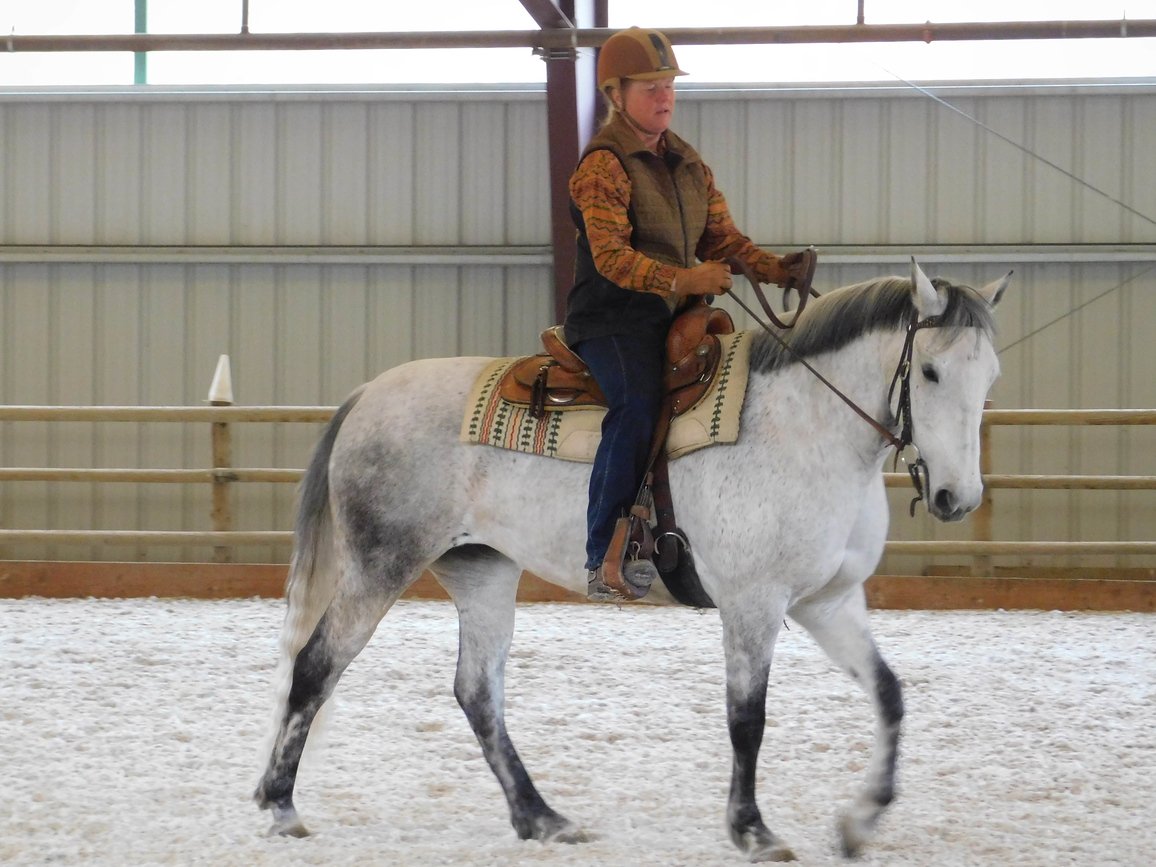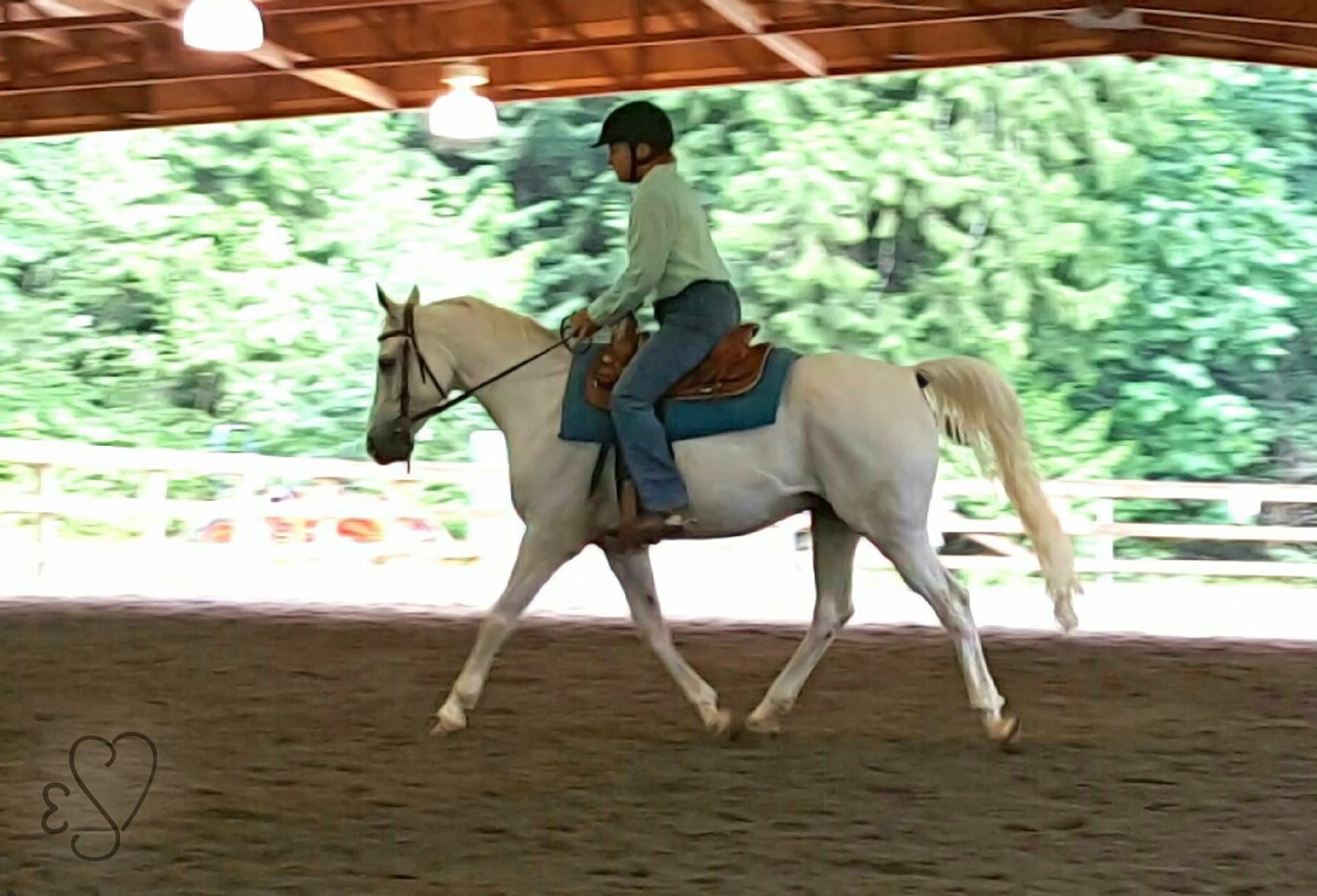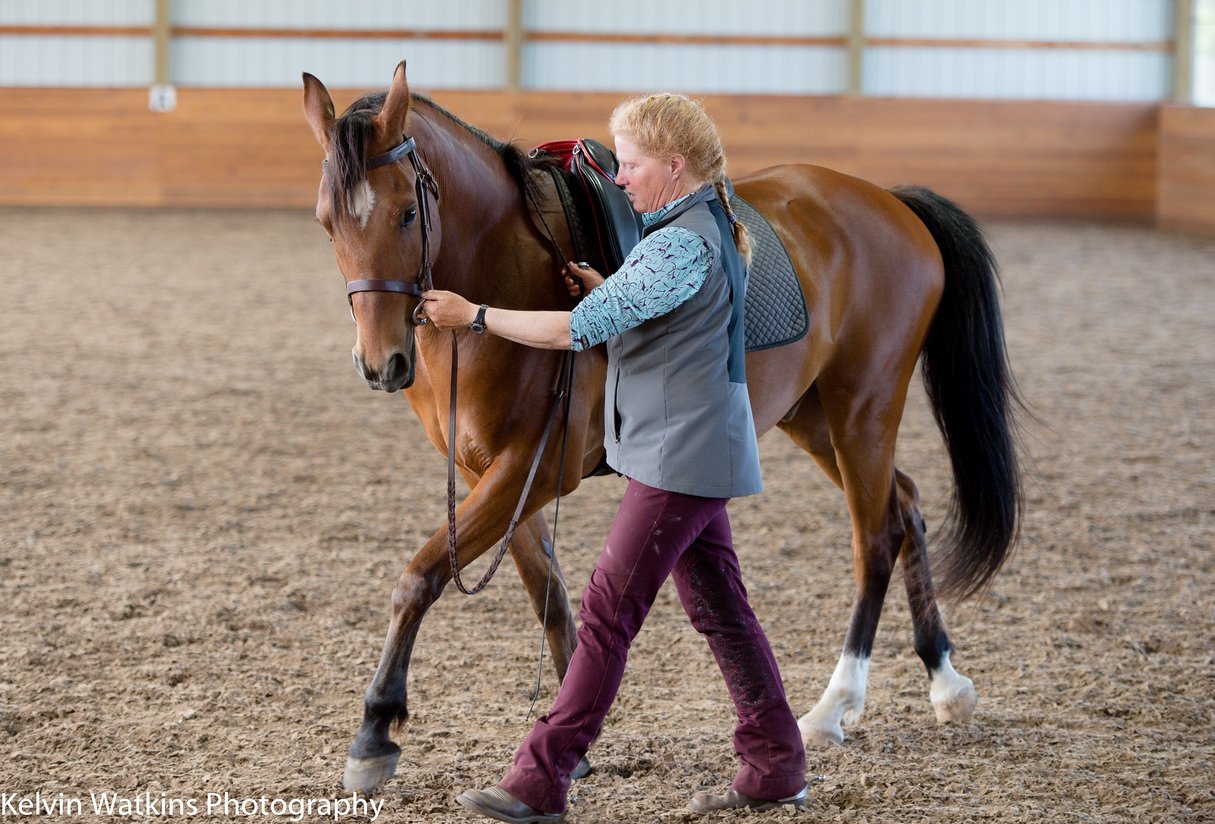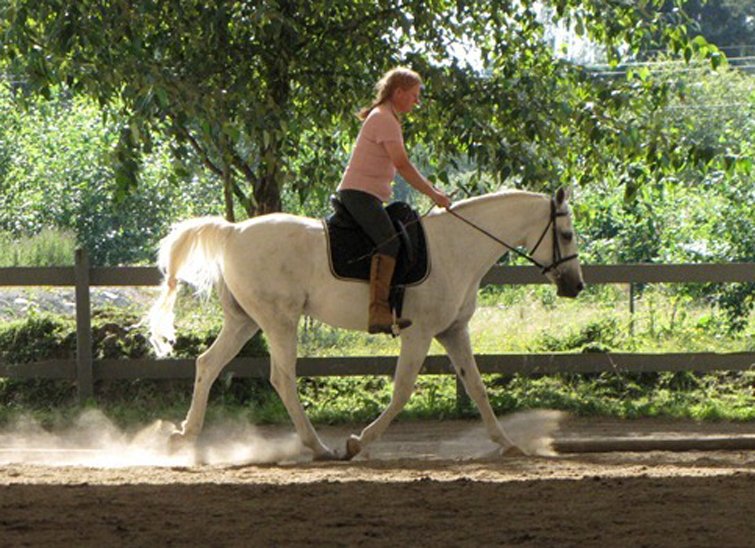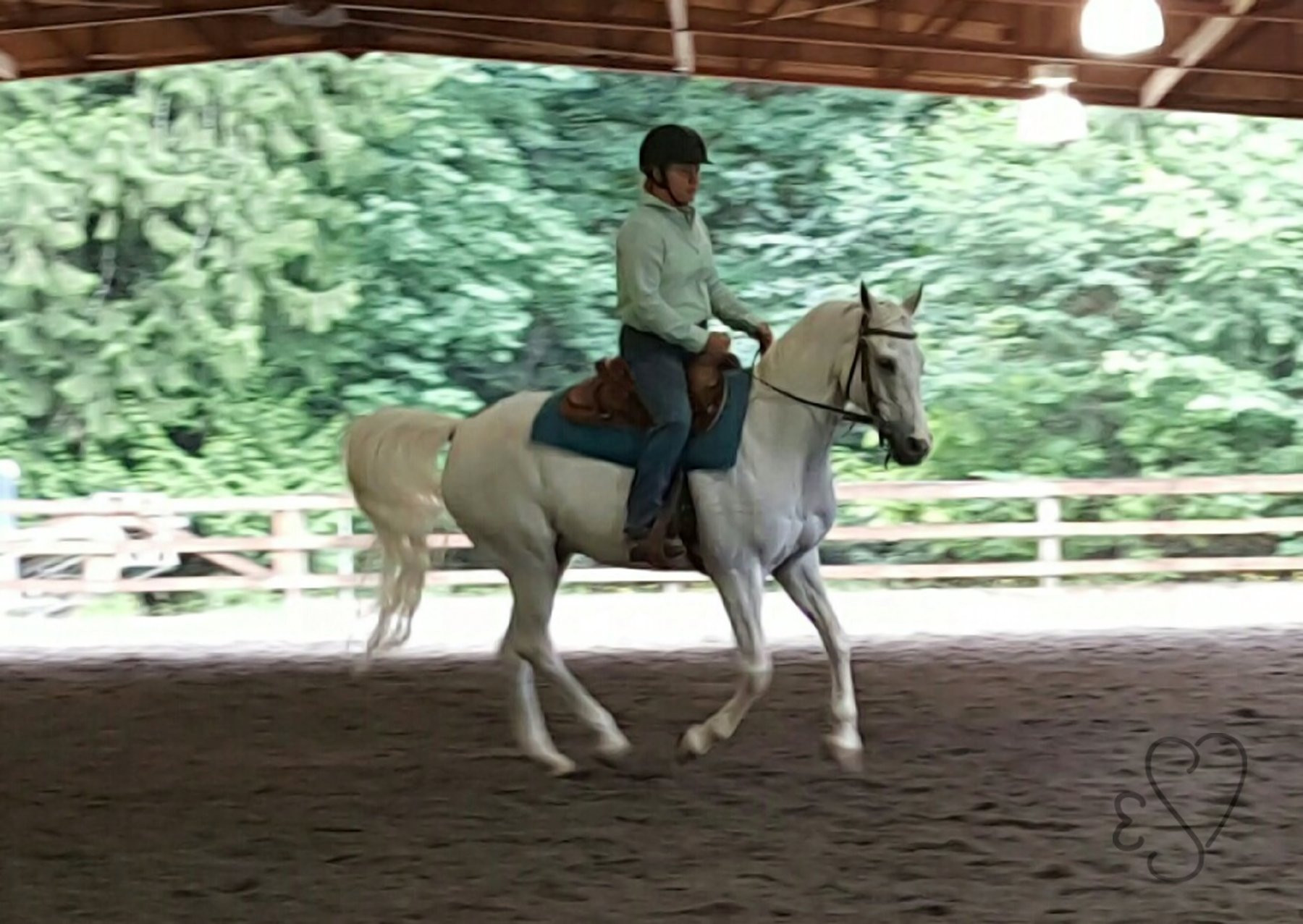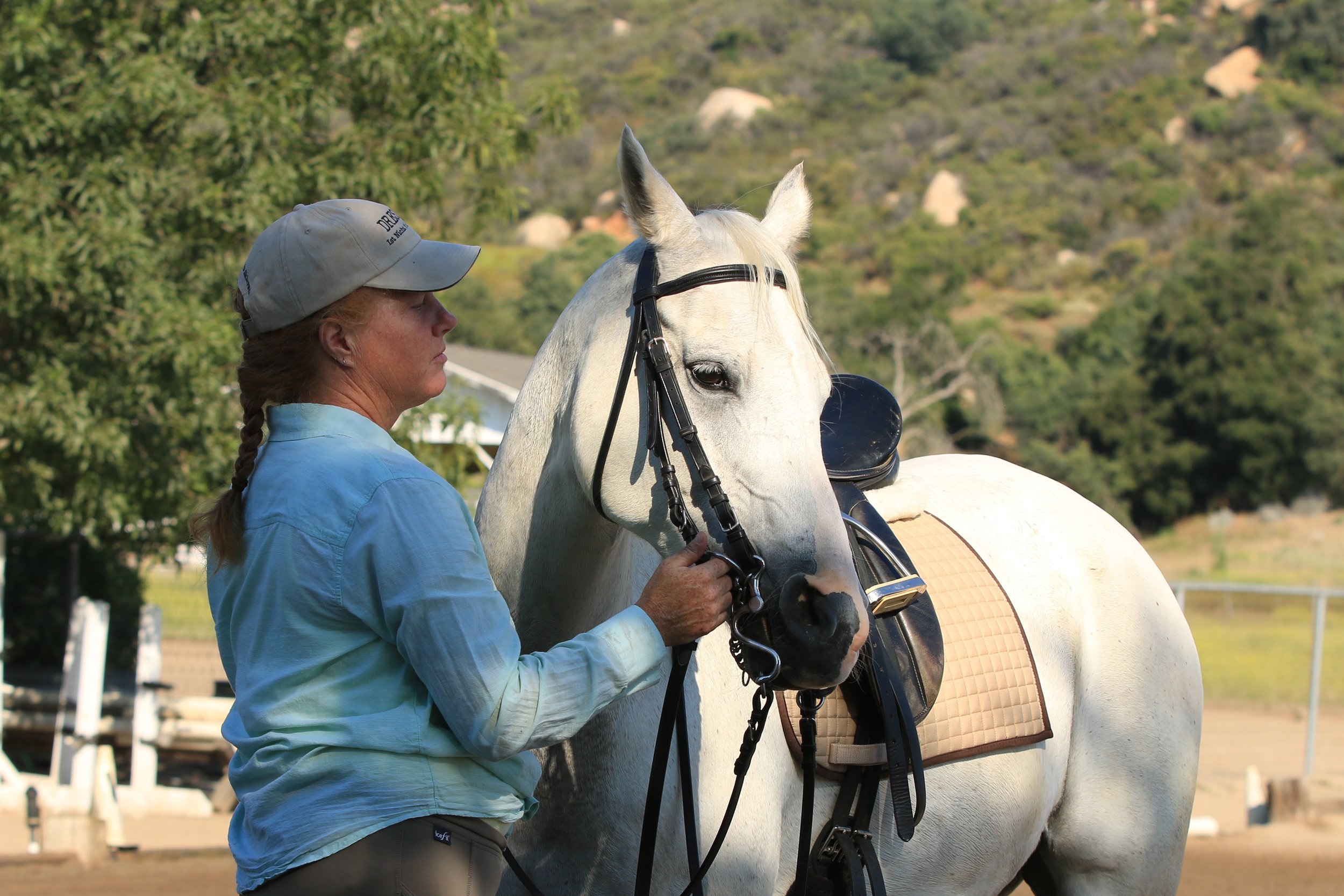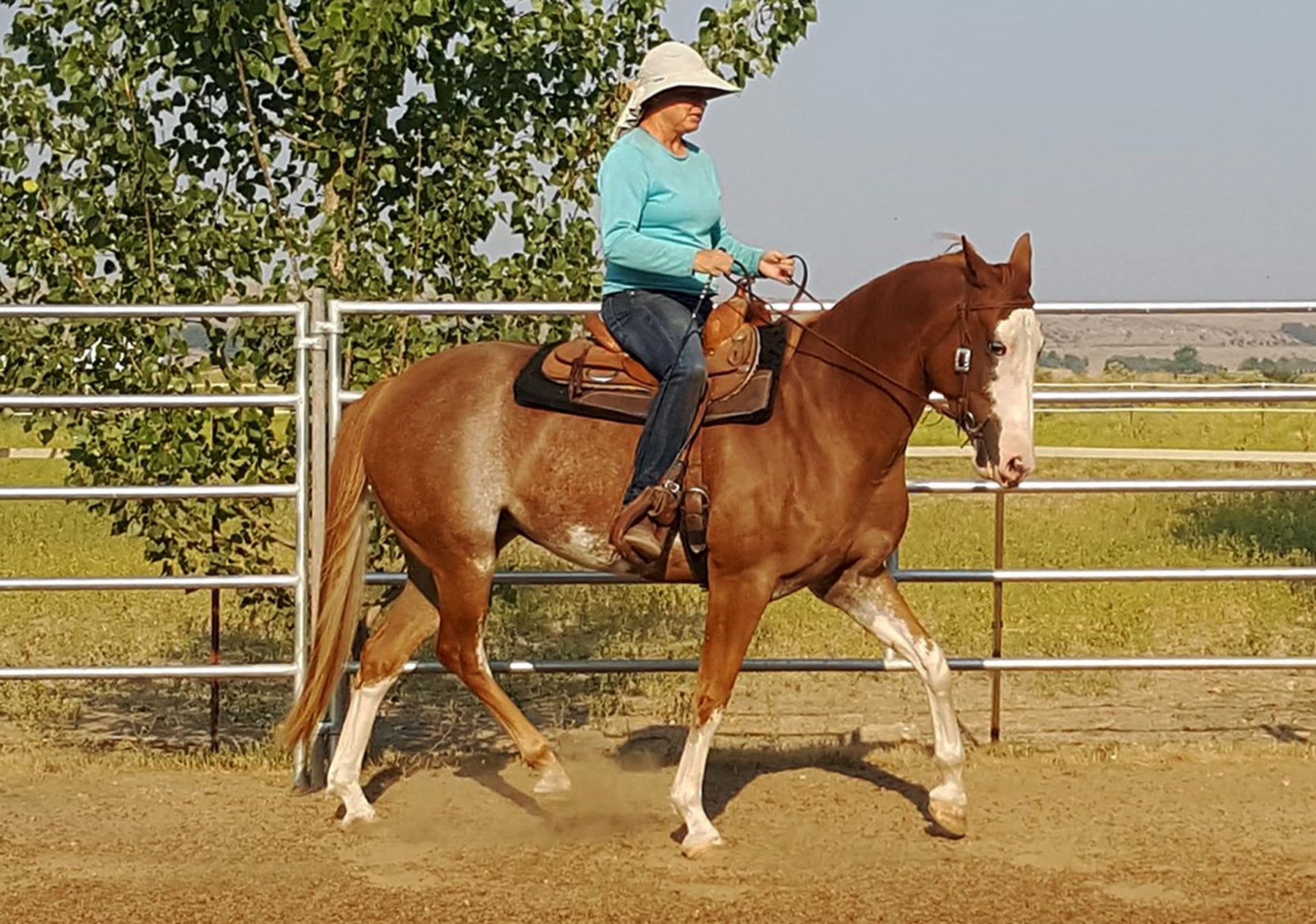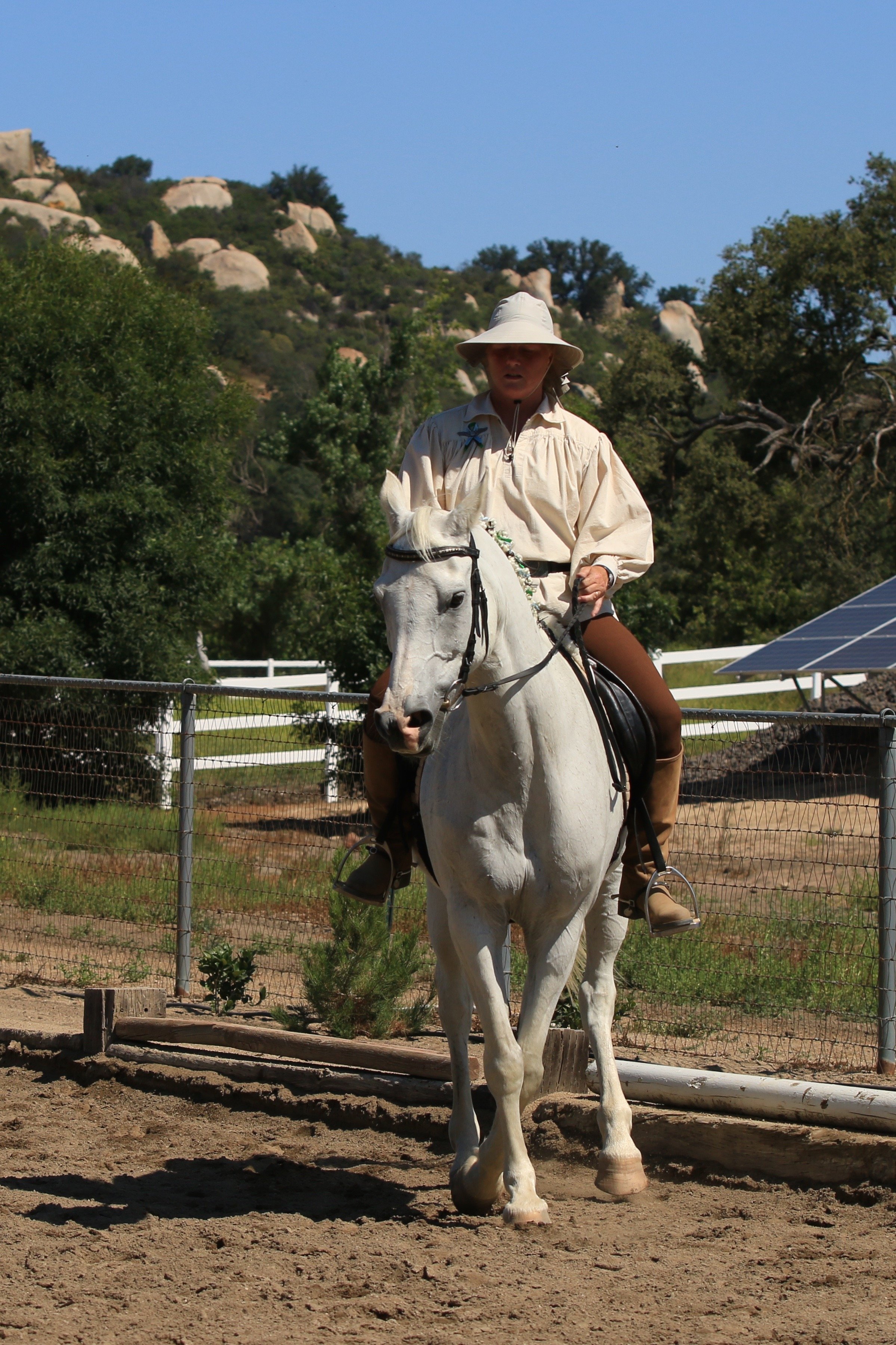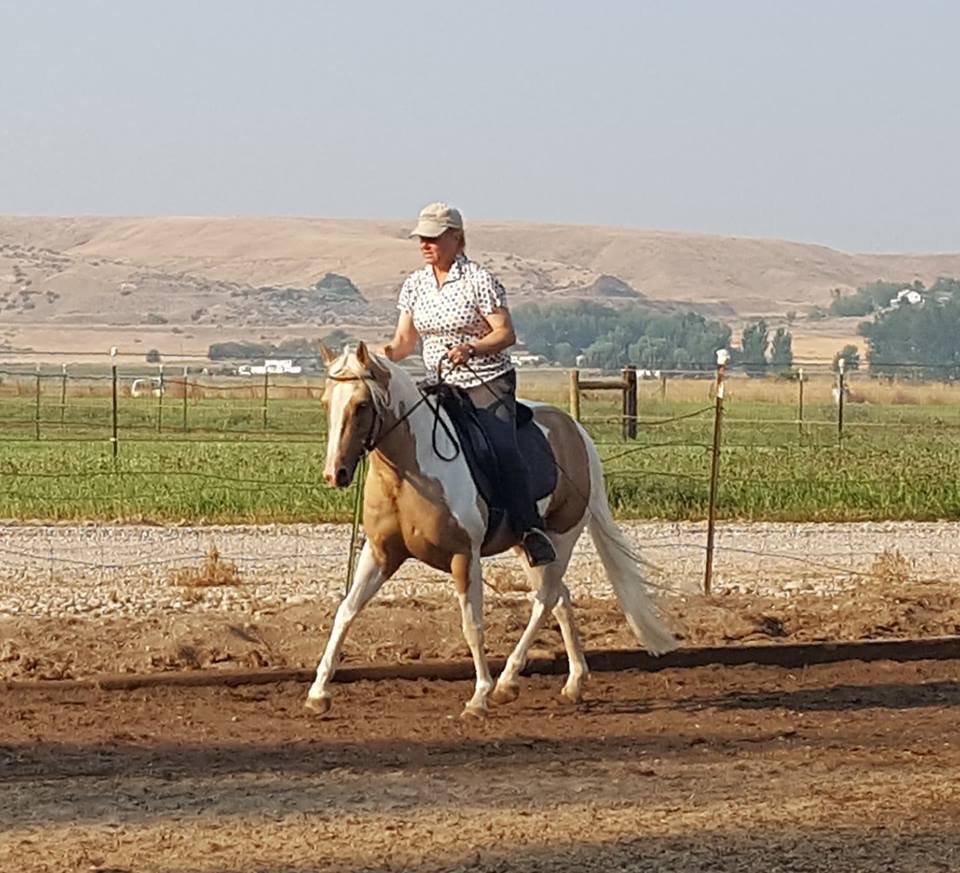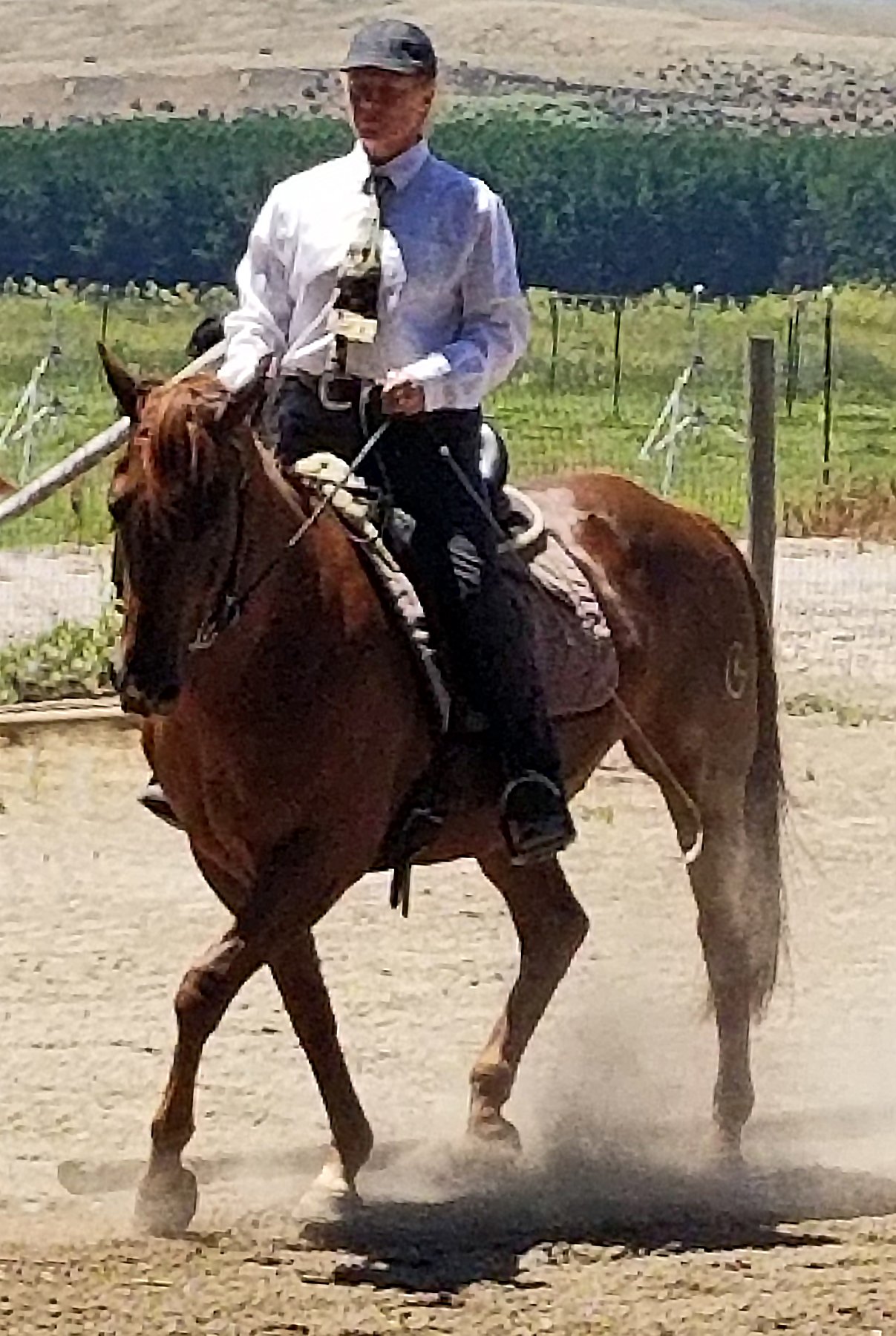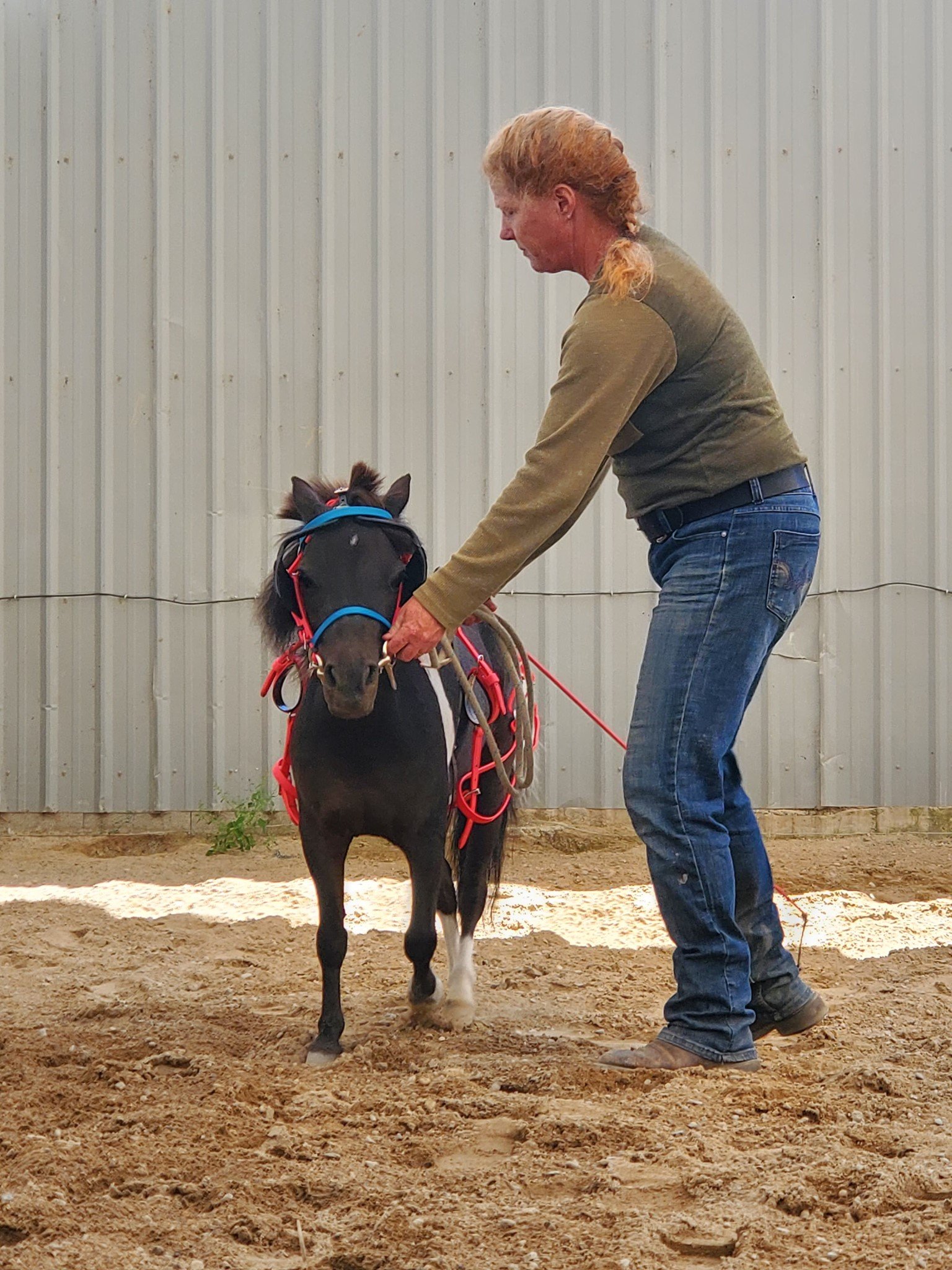Why use the Hand?
I grew up in the western world of draped, weighted reins and horses working “off the seat and legs.” There’s something compelling, perhaps, in a horse that does his job without even a suggestion of the reins or the hand. Or perhaps, there’s something missing. Some folks say, “Do less with your hands and more with your seat and legs.” On the other hand, I also hear, “That fella there has naturally soft hands.” Interesting. I would now interpret that he has some innate awareness and ability in the use of his arms, elbows, wrists, and fingers when handling the horse’s reins. I want to look at both of these ideas and the use of the hands in communicating to the horse’s mouth in some more depth.
You know I’m going to bring in musical comparisons so you won’t be surprised by this at all. There are young people who show incredible aptitude with a musical instrument. They may even teach themselves to play and become quite well renowned. Even though they are self-taught, they spend hours practicing and creating music using their musical instrument of choice, sometimes in a garage with other musicians. Some of them even become famous, admired, and enjoyed by millions.
Others with such aptitude seek education and guidance from often renowned instructors. And they practice. For hours and hours. This leads me to believe that even those with superlative natural talent in either category still need to practice. Why? Because the movements, although fairly natural to them, need repetition for them to not only become excellent but also to stay excellent. For the neuropathways to become superhighways and the muscles to be strong, flexible, and intimately familiar with the requests. To literally become one unit, mind and body, with no hesitations and no delays. There’s no other reason for musicians to go to lessons, attend college, or even work so hard as to be invited to Julliard or Berklee…only to continue working hard. By and large, musicians are working on very small muscles doing increasingly exacting movements until those movements are so subtle, like a gentle vibrato, decrescendo, pitch bend…that artistic expression manifests. Remember, that artistry took years’ worth of hours of guided exacting repetition before it became entirely natural or expressive even among the self-taught.
I am so very thankful for these musicians’ dedication so we can enjoy, be inspired by, and be encouraged by their music!!! I hope you are too.
Such moving musical performances astonish us with their nearly unbelievable abilities. But they are human, just like you and I, and they started somewhere. They didn’t just wake up one day and found themselves miraculously playing Chopin. Where am I going with this? I am comparing the education and application of the hand in playing musical instruments to the education and application of the hand in communication with the horse through the reins and the bit.
Any of us can choose to commit ourselves to a greater degree of education of the hand just like musicians do and just like musicians, it’s going to take guidance, time, and practice. Lots of it. Let me put it this way-learning how to play an instrument well (not concert hall level but pleasantly well) takes how many years? How many hours of practice? Now, a musical instrument is an inanimate object. It will be largely the same as you left it when you return. Might need tuning, a new mouthpiece, reed, strings…but it’s not going to radically change from day to day, week to week. You can even play another instrument of the same kind about as well as your own because violins are similar to other violins, pianos to other pianos, and so forth. Most instruments will be played by your hands (stringed instruments and percussion) or your hands and mouth together (woodwinds and brass). So focusing on the hands and possibly the mouth, it will take years and hundreds of hours to learn to play a musical instrument.
Enter the hairy, 4-legged instrument with which you wish to learn to make music! I guarantee it will NOT stay the same, one horse will NOT be like another as horses are deeply animate with emotion and thought, and, to top it off, the two of you will be moving together WHILE you are trying to be artfully communicating with your hands. (Like carrying a flute while you play it except the flute is carrying you). And you think this is easier than playing an instrument? Playing several instruments myself, I can tell you, it’s harder. Much harder.
If you look at simply being a passenger on the horse and steering it this way and that, changing speeds but not much more, then it’s like a 4-wheeler with hair and opinions. Perhaps that’s all you want from riding horses. Nothing wrong with that.
Perhaps you think of the hand-to-the-bit connection as optional, riding with only the “seat and legs.” Interesting. I believe there’s a reason people choose to play instruments with their hands and not their seat and legs…clarity, agility, subtlety, nuance, and accuracy to mention just a few. You can play the piano with your butt, it’s true. You could also try to play the cello with your legs. These things are possible so why not? Because our hands are the most highly innervated and dexterous part of our body if we choose to develop them!
We are constantly developing the uses of our hands. We take the time to learn to type. We take the time to learn to write by hand. We take time to learn complex finger movements for video games. We take the time to learn how to paint. We have light-speed thumbs for texting. It takes education, time, and practice to learn any skill for creating things by hand: pottery, sculpture, carpentry, woodwork, welding, electric work, knitting, sewing, braiding, carving, cooking…the list is endless. These movements began clumsy and slow and gradually improved until we attained competence or, perhaps, expertise. This too can happen with the art of communicating through the bit. Like a musician, you must commit yourself to the process, find qualified guidance, realize the movements will be clumsy at first, realize also that it will take time and practice, and continue on from slow and clumsy to competence and even, perhaps, expertise.
Why do I commit myself to excellence with my hands? Well, because of decades of precedent through music for sure. But also because my 4 legged instrument is alive and the place I want to connect with my hands is equally, if not more sensitive than my fingertips. Because a piano isn’t going to mind being played badly while you learn, but a horse can actually be traumatized and receive nerve damage from aggressive or uneducated hands. Because I want to “make music” with all the nuance and artistry, balance and tempo, position and action…elevating riding and driving to what it can create: harmony.
